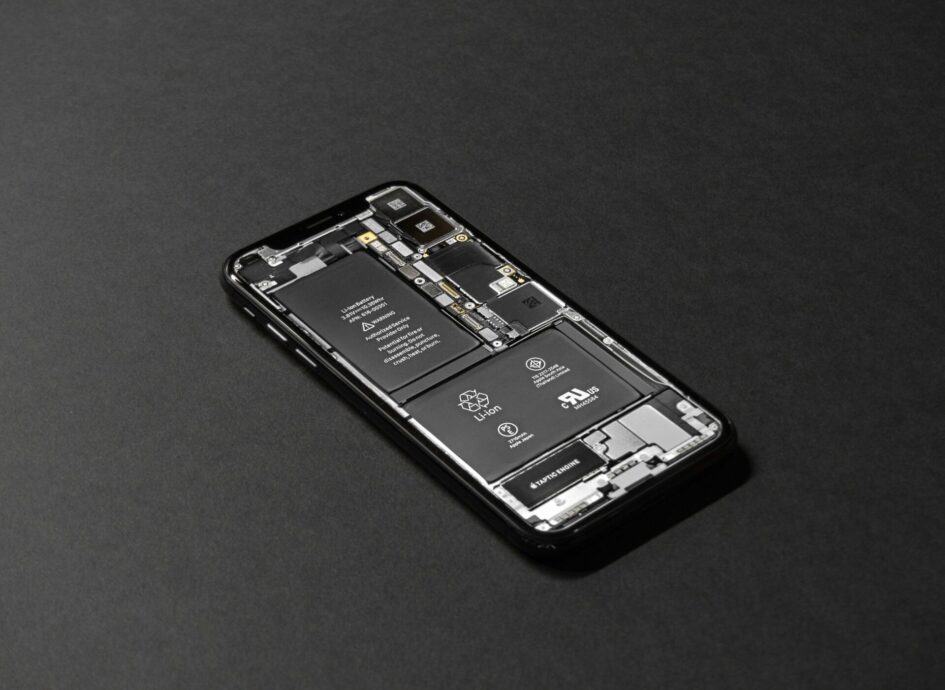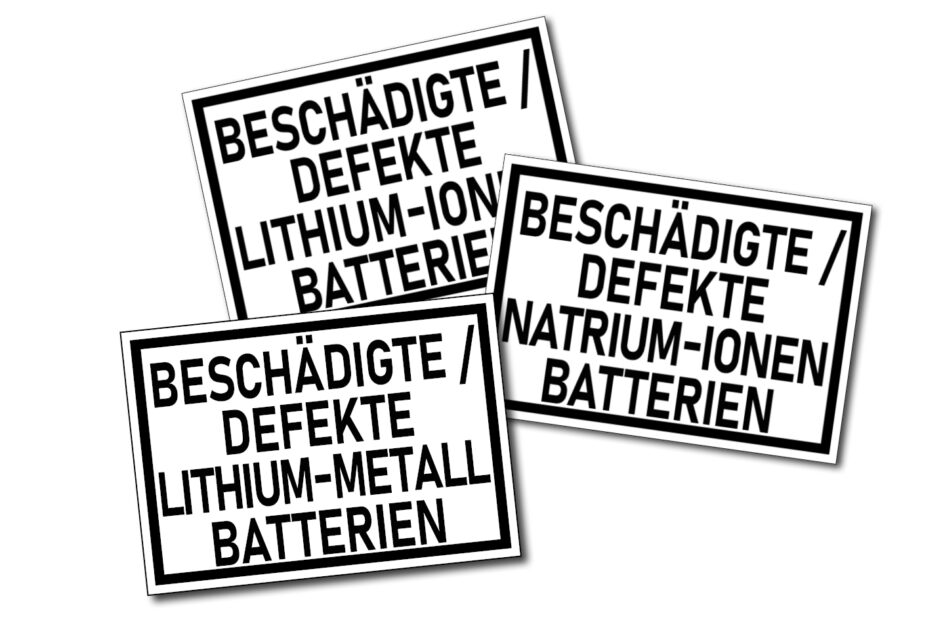Date:
February 18, 2025
Categories:
Company, Products, Sustainibility, Tips & Tricks,
On February 18th we celebrate International Battery Day, which commemorates the birthday of Alessandro Volta – the inventor of the first battery. In 1800, Volta introduced his voltaic column, a discovery that revolutionized the scientific world and initiated the development of modern battery technology. Without this invention, there would be no smartphones, no electric cars and no rechargeable batteries to power our everyday lives. But with great technical progress comes enormous responsibility. Safety precautions must be taken, particularly when handling and transporting batteries, to minimize the risks to people and the environment. In the context of lithium-ion and sodium-ion batteries, hazardous goods labeling and compliance with relevant regulations is critical. This is exactly where BOXLAB Services comes in – with solutions that help companies meet current regulatory requirements while ensuring the safe transport of batteries.
Hazardous goods labeling for the energy sources of the future
Lithium-ion batteries have long been more than just the energy storage devices in our smartphones or laptops. Today, they power electric cars, e-bikes, energy storage systems for households and industrial plants. The increasing use of these batteries makes them an indispensable part of the modern energy transition. However, lithium batteries are also dangerous goods: if they are damaged or transported improperly, they can cause fire hazards or even explosions.
The new technology of sodium-ion batteries is also playing an increasingly important role. These batteries are not only cheaper than lithium-ion models, but also more environmentally friendly because they rely on less scarce raw materials, such as lithium or cobalt. Sodium-ion batteries are considered the environmentally conscious alternative that could revolutionize the battery market in the coming years. But they are also subject to special regulations: From 2025, sodium batteries, like their lithium counterparts, must be correctly labeled and transported safely in order to minimize the danger to people and the environment.
Dangerous goods labeling: regulations, UN numbers and ADR-SV numbers for lithium and sodium batteries
The relevant dangerous goods regulations are essential for the safe transport of batteries. These regulations ensure that batteries, whether lithium or sodium, are transported safely and that all necessary precautions are taken. UN numbers and ADR-SVs play a central role here.
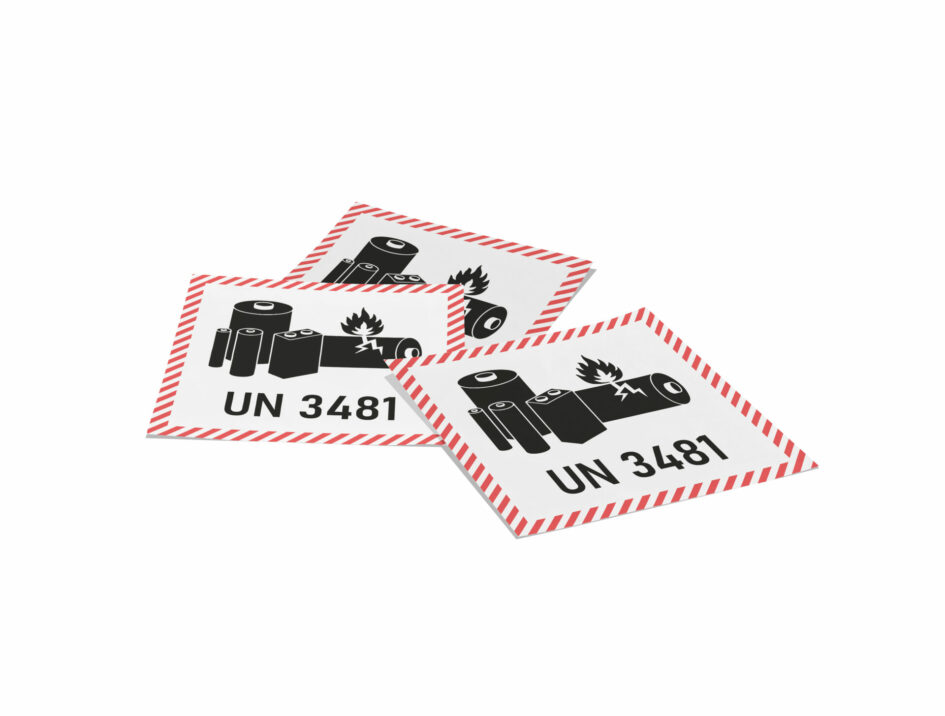
Produktinformationen "Kennzeichen ADR Sondervorschrift 188, UN3481, 100x100mm, 1 Stk pro Blatt" Gefahrgutetikett "Gefahrzettel" gem. ADR, RID, IATA, IMDG Code Alle Gefahrzettel sind im Standardformat 100x100mm und sind seewasserbeständig gemäß BS 5609 Sektion III. Gefahrzettel von BOXLAB Services haben standardmäßig eine schwarze Konturlinie und liegen qualitativ über ADR-Anforderungen. Mit jeder Aktualisierung des ADR prüfen wir unsere Gefahrzettel auf ihre Gültigkeit, so erhalten Sie stets die neusten und aktuellsten Layouts und Spezifikationen. Material Alle Gefahrgutetiketten von BOXLAB Services bestehen aus einem speziellem Material und sind daher besonders wetterfest, Öl und Schmutz abweisend. Das Material zeichnet sich durch eine hohe Flexibilität aus, sodass es sich auch auf gekrümmten Oberflächen gut anpasst. Dabei bleibt es sehr temperaturbeständig. Der spezielle, nach BS 5609 Sektion III zertifizierte Klebstoff haftet auch auf kritischen Oberflächen außergewöhnlich gut. Aufbringung: Es wird empfohlen mit entsprechender Vorreinigung (BOXLAB Bio Reiniger, Art. 610002) sowie einem Rakel (BOXLAB Rakel, Art. 610001) die Gefahrgut- und Gefahrstoffetiketten aufzubringen, um die optimale Haftkraft herzustellen. Für die Entfernung alter Gefahrstoff- und Gefahrgutetiketten wird ein verletzungssicherer Schaber (BOXLAB Sicherheitsschaber, Art. 610003) empfohlen.
- UN Numbers – Each battery has a specific UN number that classifies its hazard. Lithium batteries usually carry the UN number UN3480 (lithium batteries, not in devices) or UN3481 (lithium batteries, in devices), while sodium-ion batteries must be listed under a UN number to be determined according to the ADR regulation.
- ADR-SVs – ADR-SVs are crucial for road transport. These specific numbers indicate which specific regulations apply to the transport of lithium or sodium-ion batteries to ensure that the batteries are transported under the correct conditions. The special agreements (SV) are particularly important here
Compliance with these regulations is important not only for companies that manufacture or transport batteries, but also for logistics companies and waste disposal companies that work with these technologies. Mistakes in labeling or transporting dangerous goods can have serious consequences – both legally and in terms of safety.
Our solution: High-quality labels for the safe transportation of lithium and sodium batteries
At BOXLAB Services, we make sure that companies are always up to date with the latest regulations and can ensure that the transportation of lithium and sodium batteries complies with current guidelines. Our specially developed labels meet all legal requirements for the transportation of batteries – by road, air and sea.
Our battery labels offer clear advantages:
- ADR, IATA and IMDG Compliance – Our labels are fully compliant with international regulations for the transport of dangerous goods, including ADR (for road transport), IATA (for air transport) and IMDG (for sea transport).
- Individual UN number impressions from a quantity of 1 – We offer you the opportunity to order labels with your individual UN number and ADR-SV number – from a quantity of just one label. This enables you to label your transports efficiently and in accordance with the law.
- Resistant materials – Our labels are made of durable materials that ensure maximum resistance to weather, chemicals and mechanical stress. This means that the dangerous goods label remains legible and reliable even under extreme conditions.
- 24h express delivery across Europe – To meet your urgent needs, we offer fast express delivery within 24 hours across Europe.
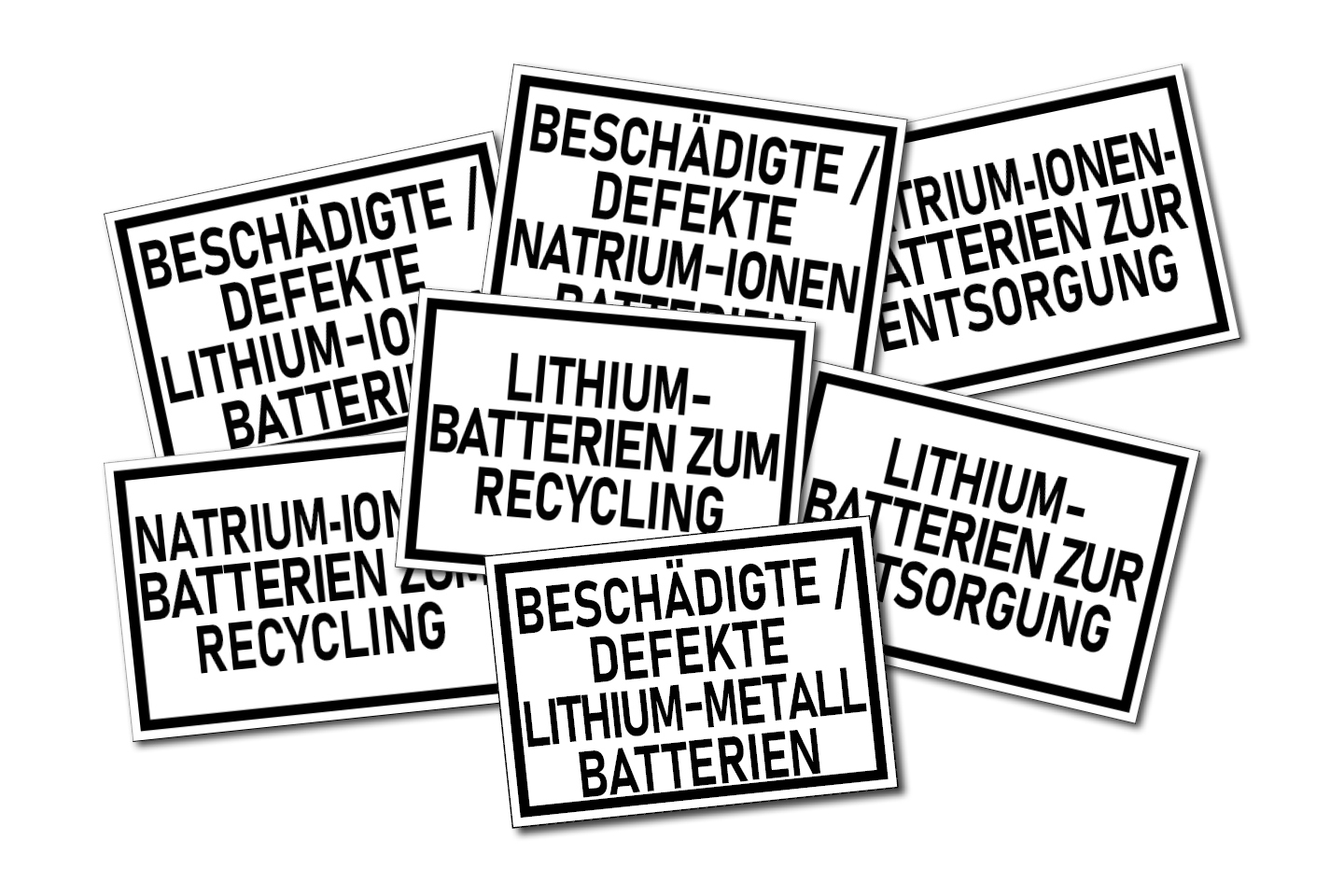
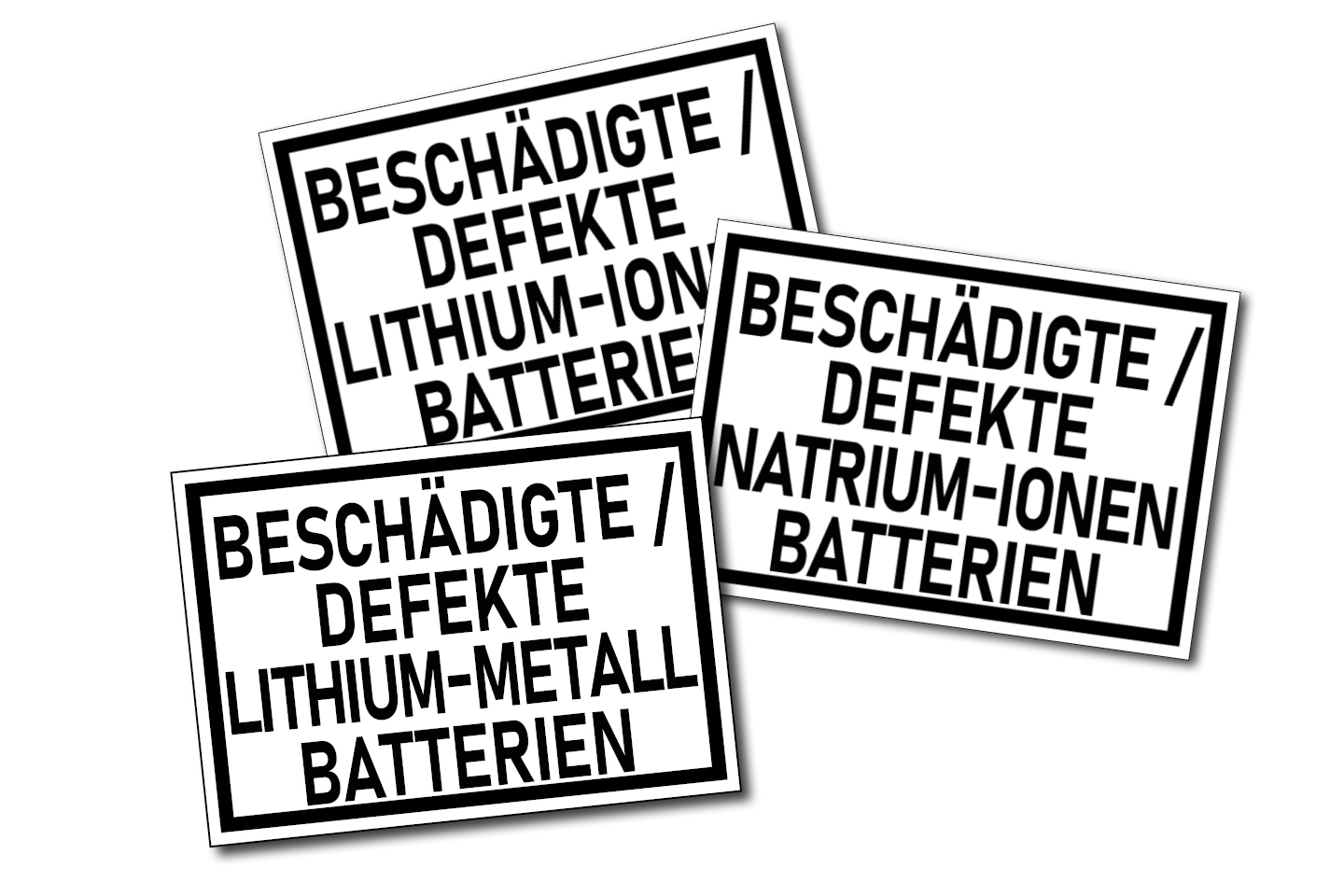
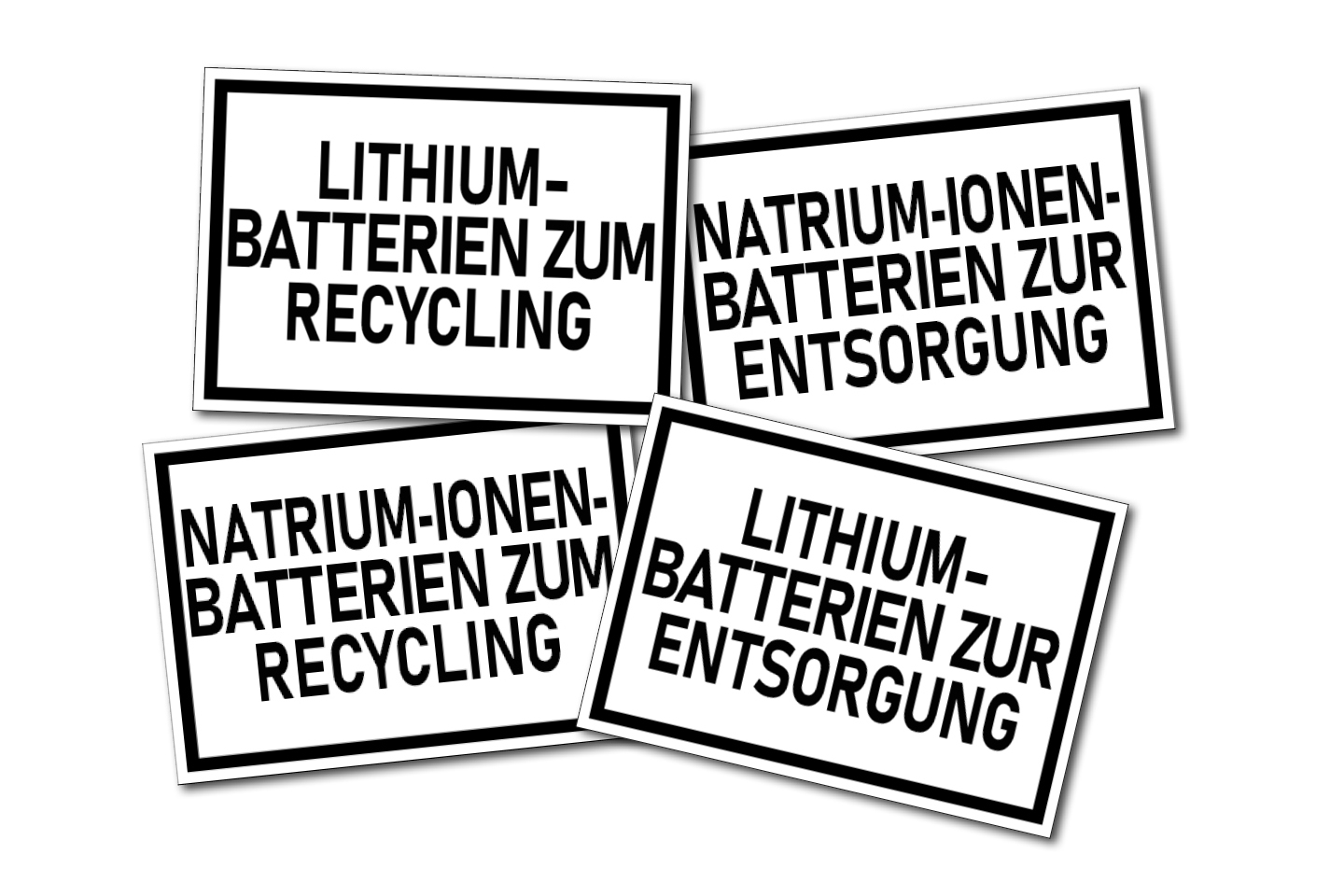
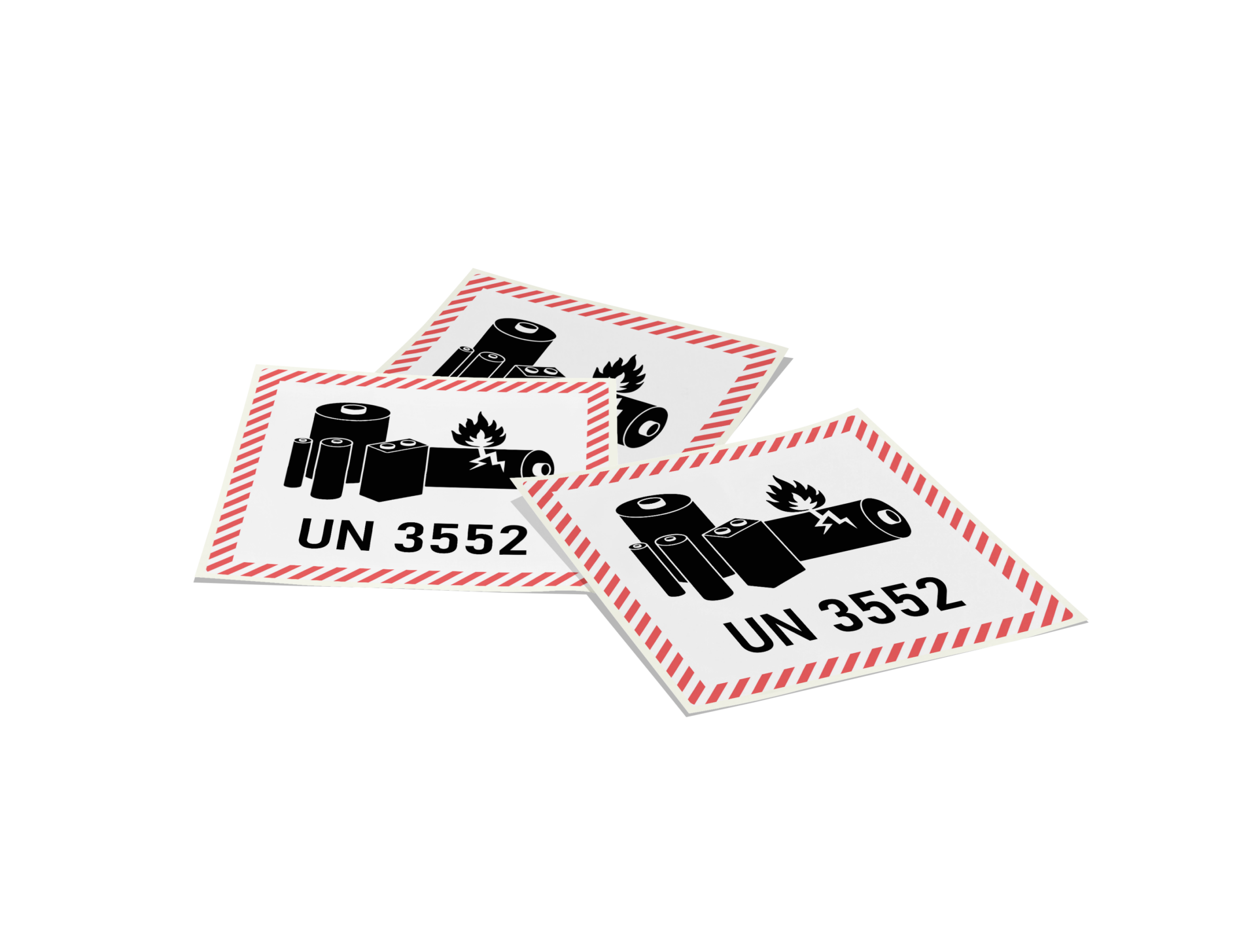
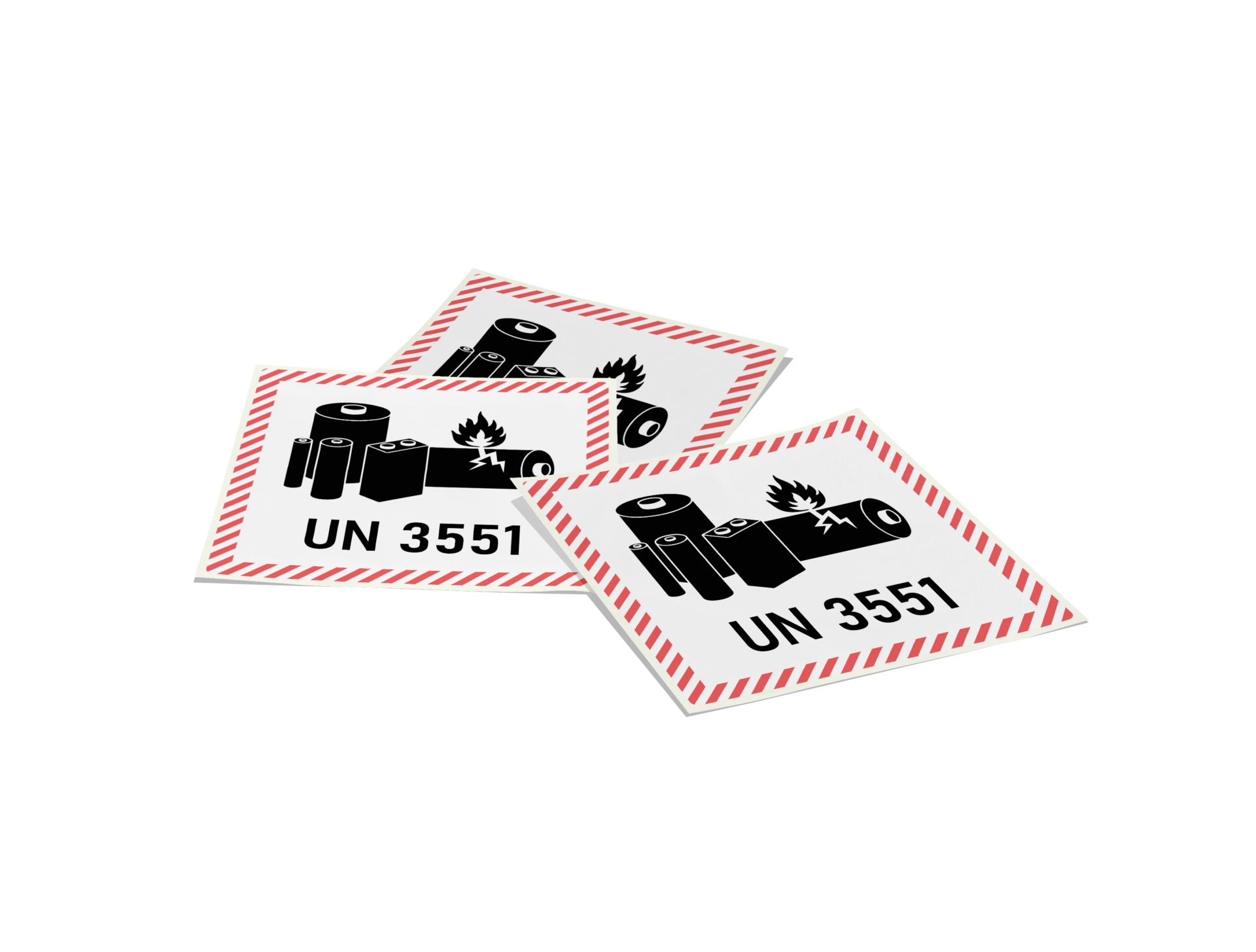
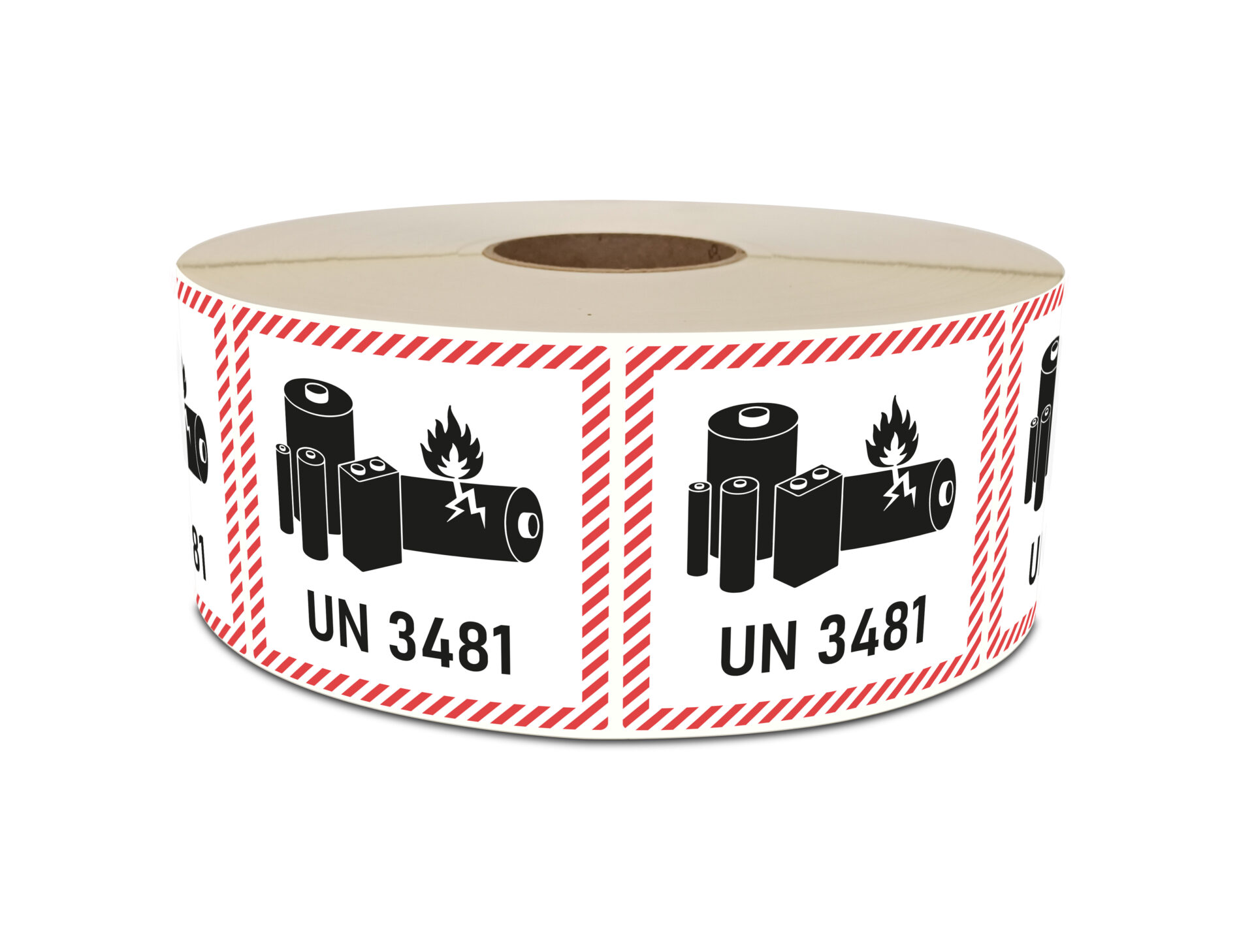
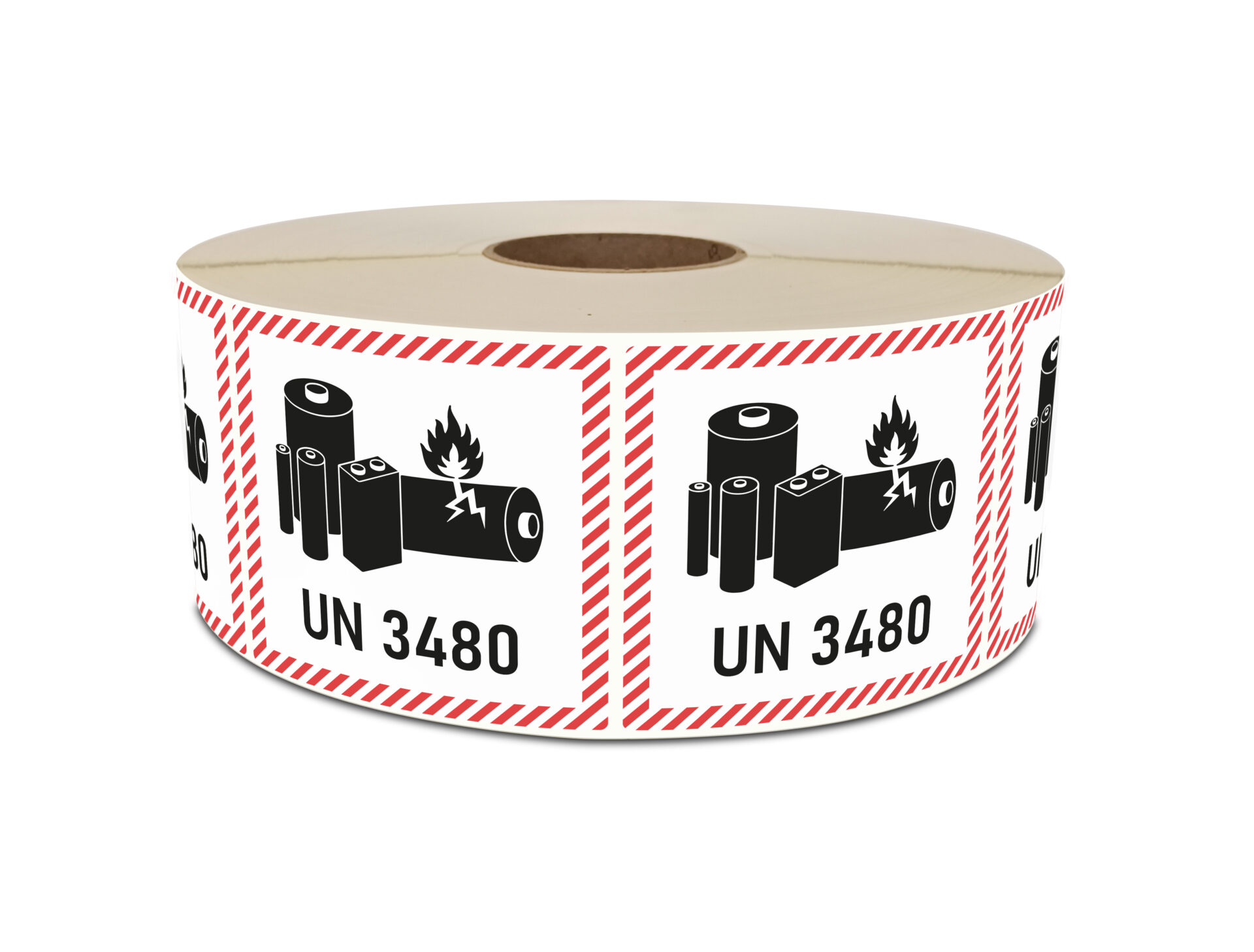
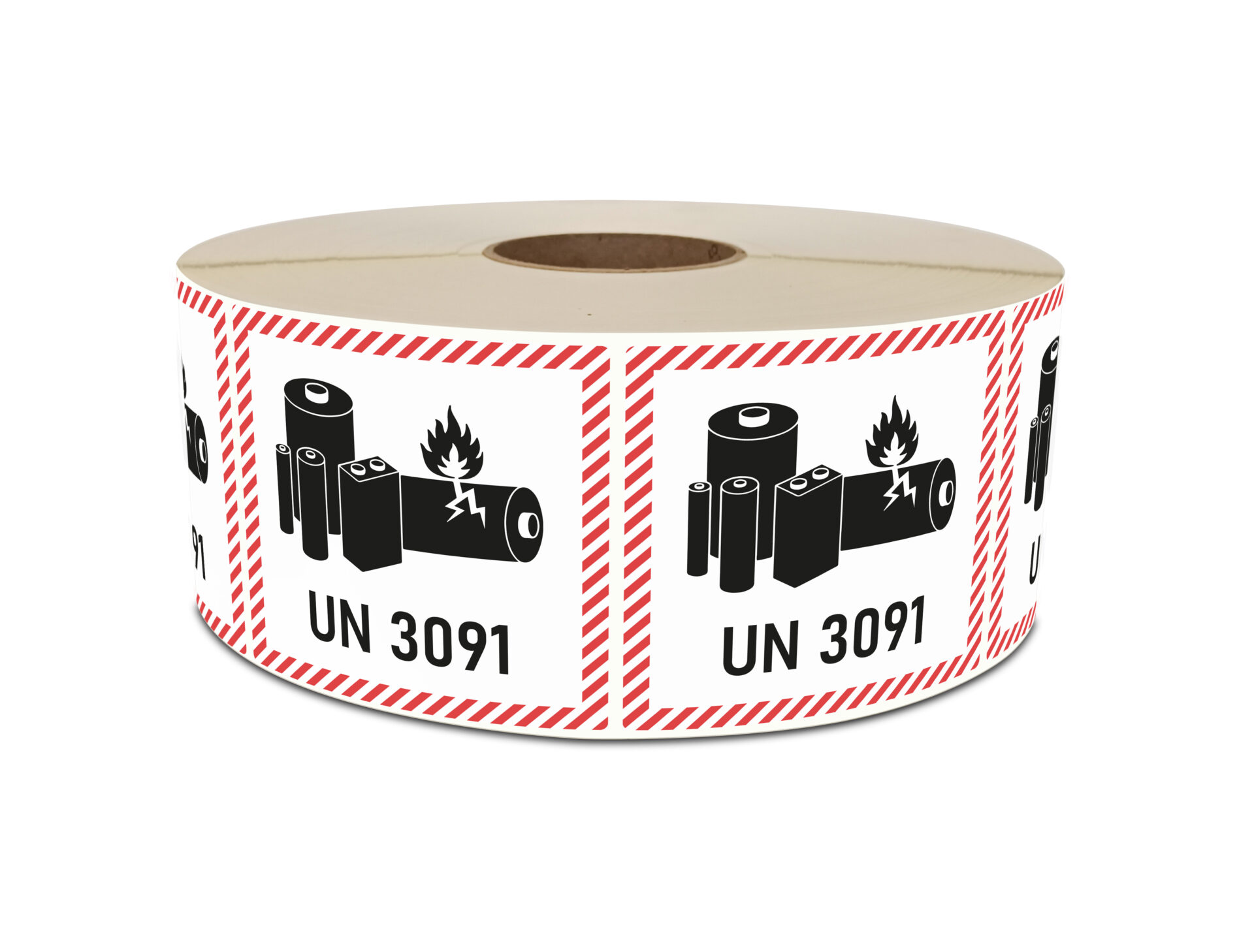
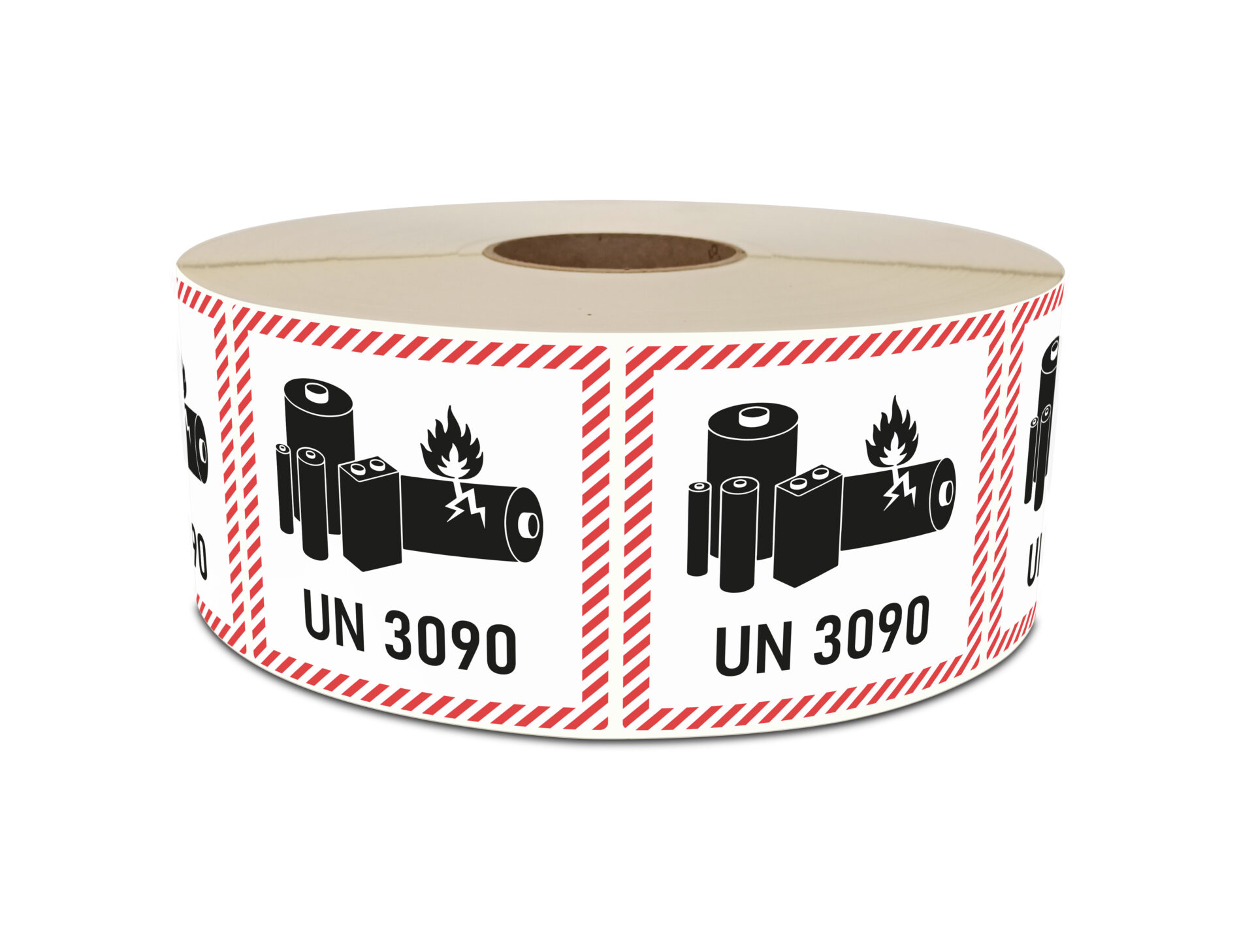
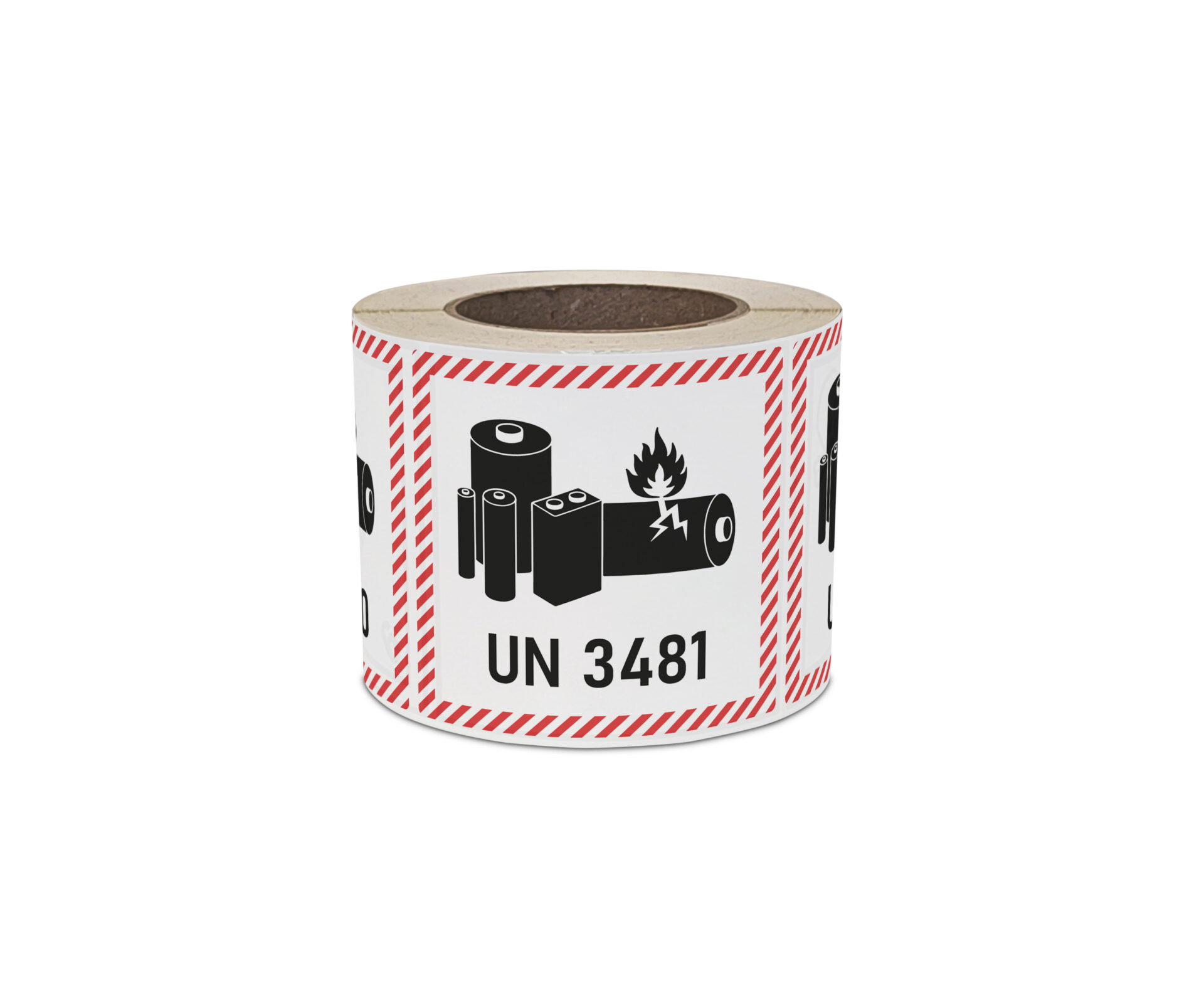

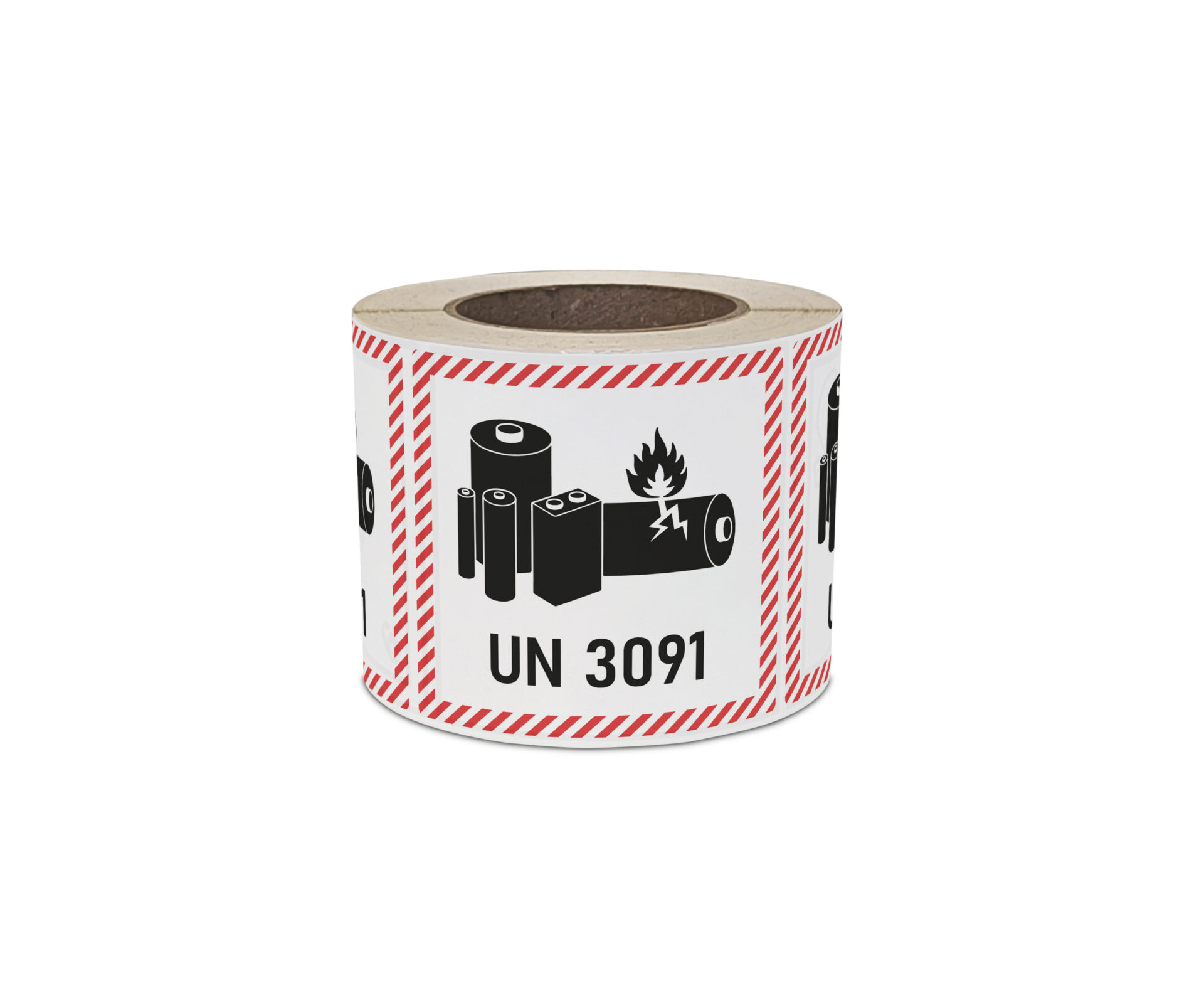
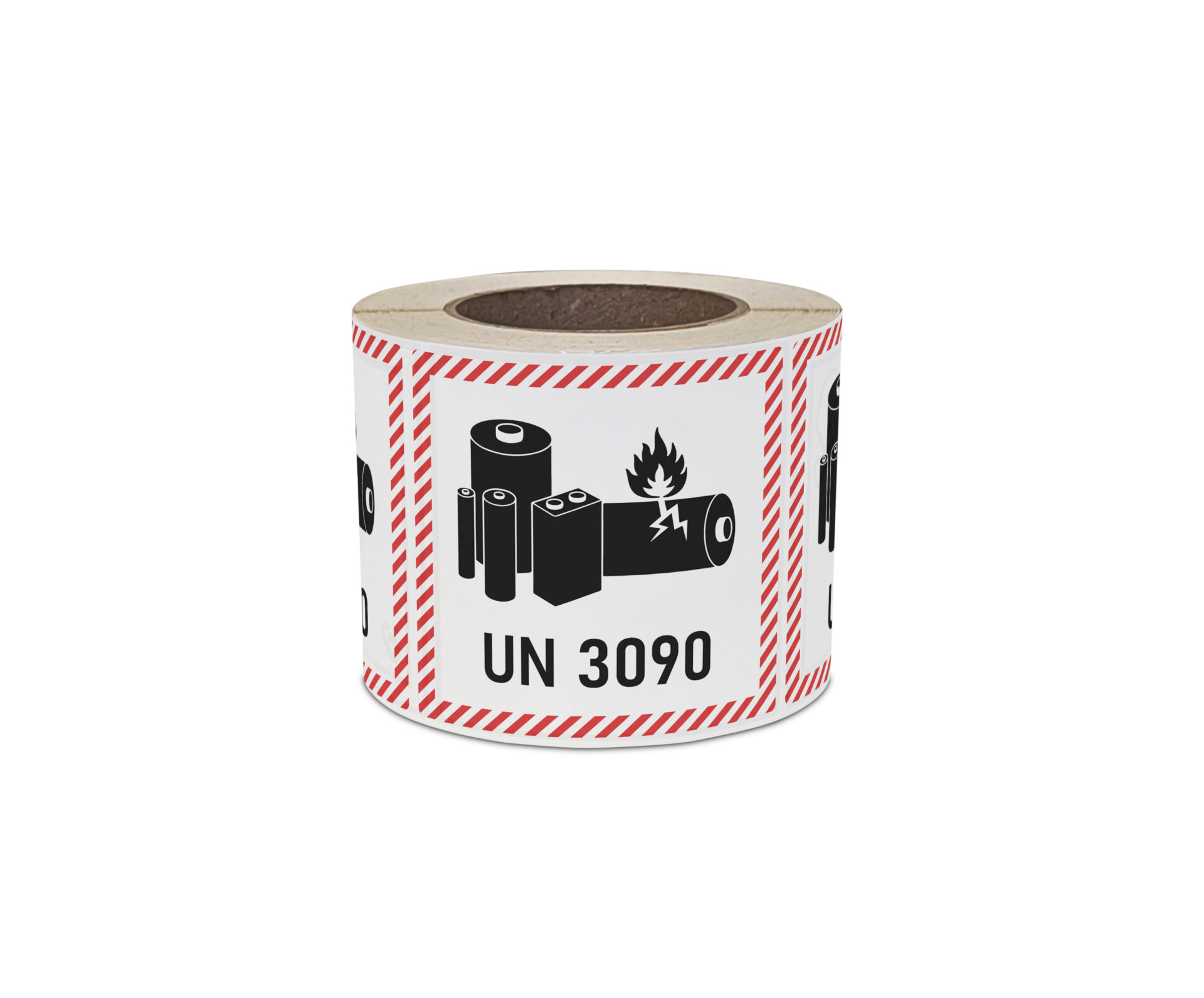
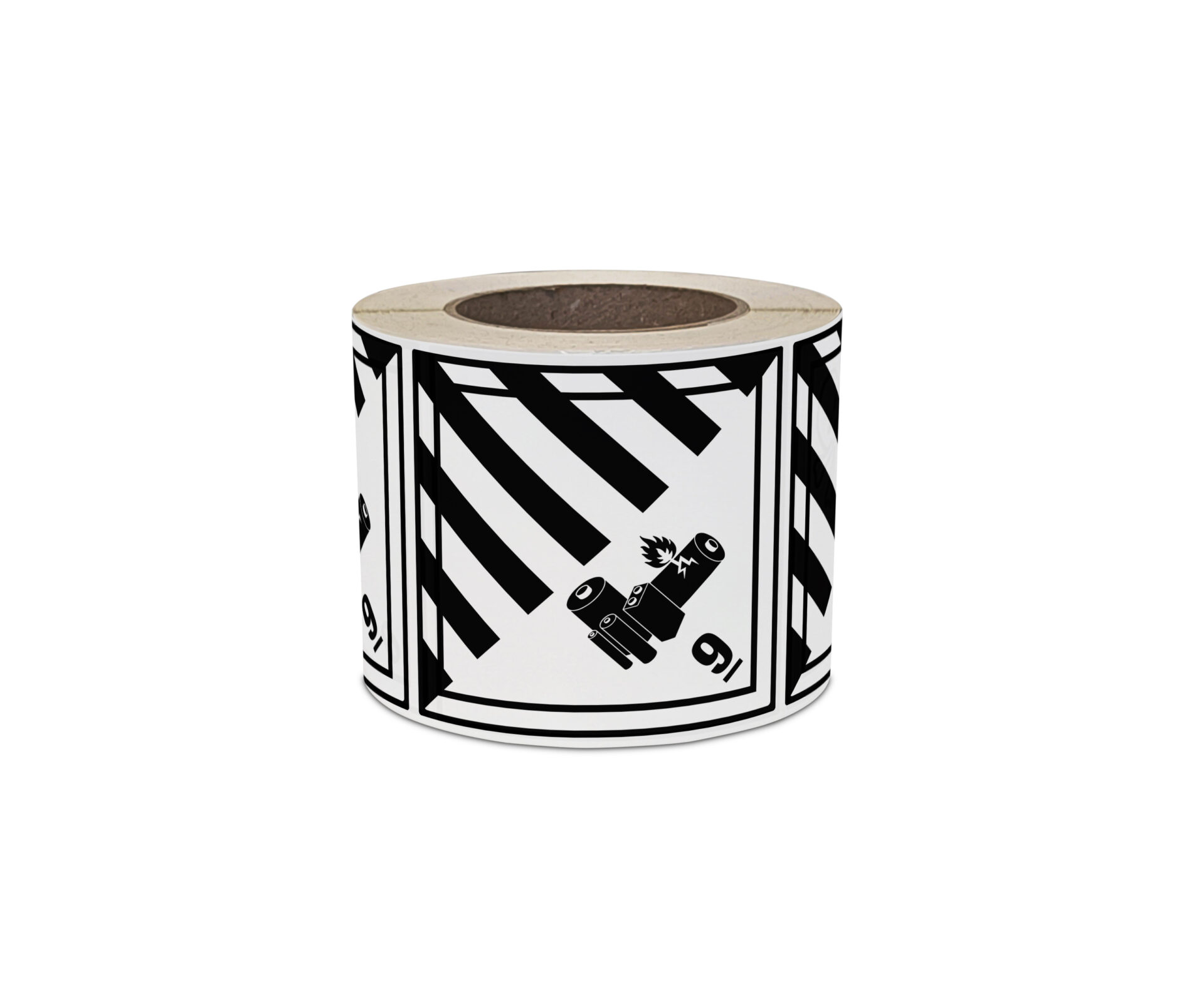


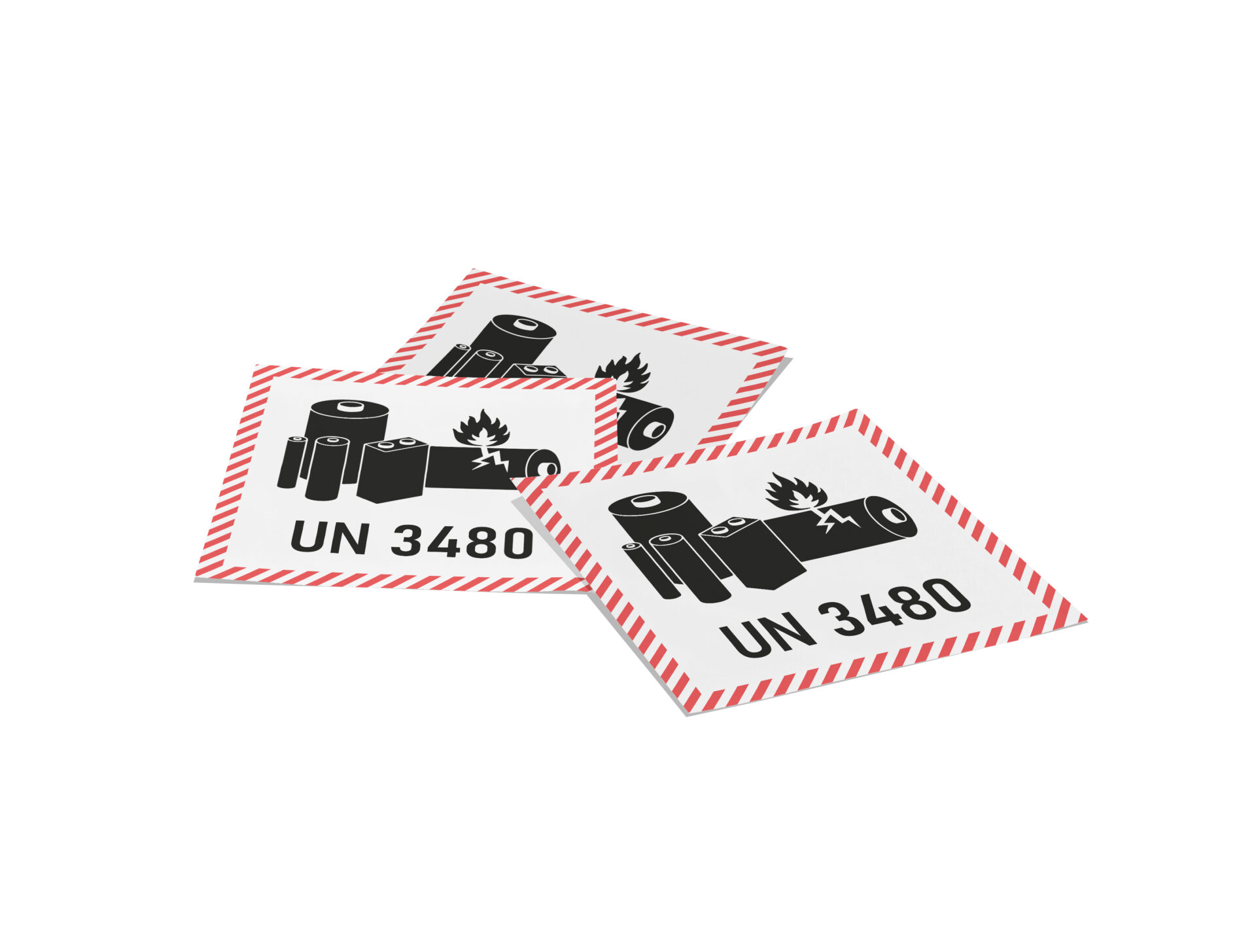
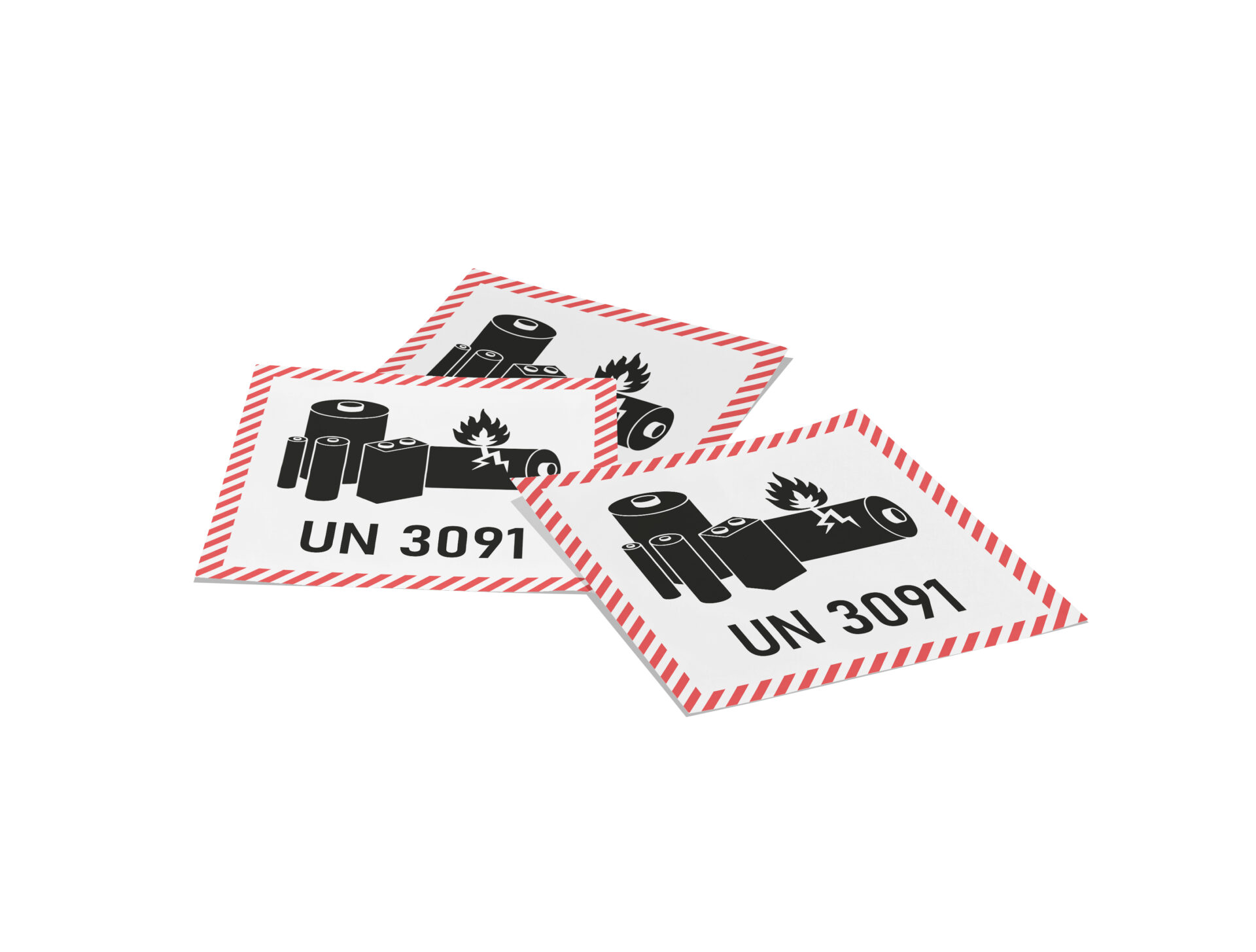

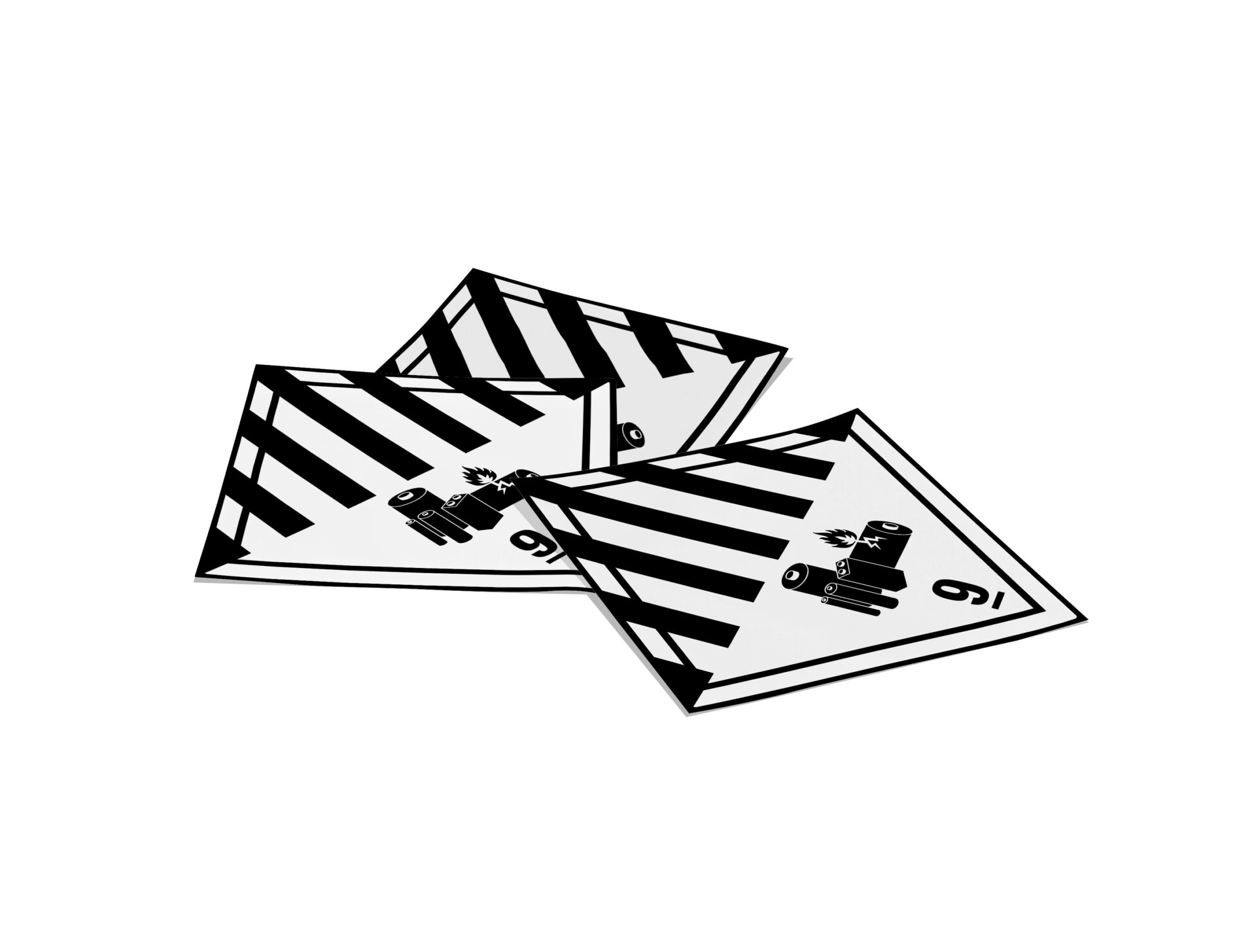
Conclusion: Battery day today, secure energy for everyone tomorrow
From the first voltaic experiment to the latest advances in lithium and sodium-ion batteries: Batteries are now inextricably linked to our modern lives. But with this new technology comes new regulations – and this is where we can support you. With our solutions for dangerous goods labeling of lithium and sodium batteries, we ensure that you can comply with the necessary safety measures and prepare for a compliant future of battery logistics.
FAQ
Why are lithium batteries considered dangerous goods?
Lithium batteries have a high energy density and can catch fire or explode if short-circuited or damaged. They are therefore subject to ADR, IATA and IMDG regulations.
Welche UN-Nummern gibt es für Lithium-Batterien?
- UN3480: Lithium-ion batteries (single)
- UN3481: Lithium-ion batteries in or with equipment
- UN3090: Lithium metal batteries (single)
- UN3091: Lithium metal batteries in or with equipment
What regulations apply to the shipment of lithium batteries?
Transportation is regulated by ADR, IATA (air freight) and IMDG (sea freight). Labeling, packaging in accordance with P903/P965-P970 and compliance with ADR Special Agreement 188 are particularly important.
Are there new regulations for sodium-ion batteries?
From 2025, sodium-ion batteries will be classified as dangerous goods and will receive their own UN number and special ADR regulations, comparable to lithium batteries.
How long are dangerous goods labels for batteries valid?
Dangerous goods labels must comply with the current ADR/IATA regulations. Changes are usually made every two years, so the labeling should be checked regularly.
Where can I buy dangerous goods labels for batteries?
BOXLAB Services offers certified hazardous goods labels for lithium and sodium batteries – abrasion-resistant, chemical-resistant and available in quantities as low as 1.
Eine Auswahl unserer Produkte
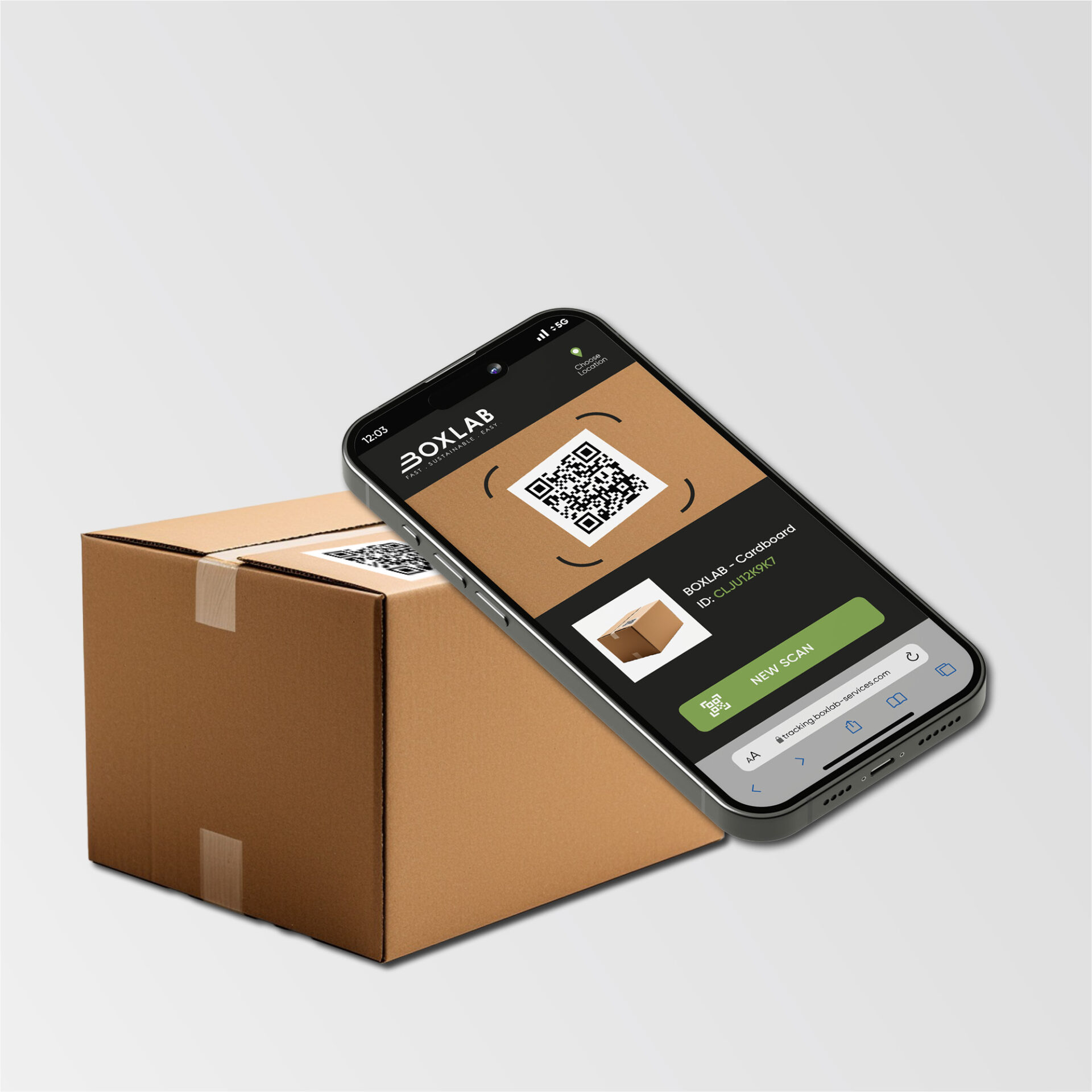
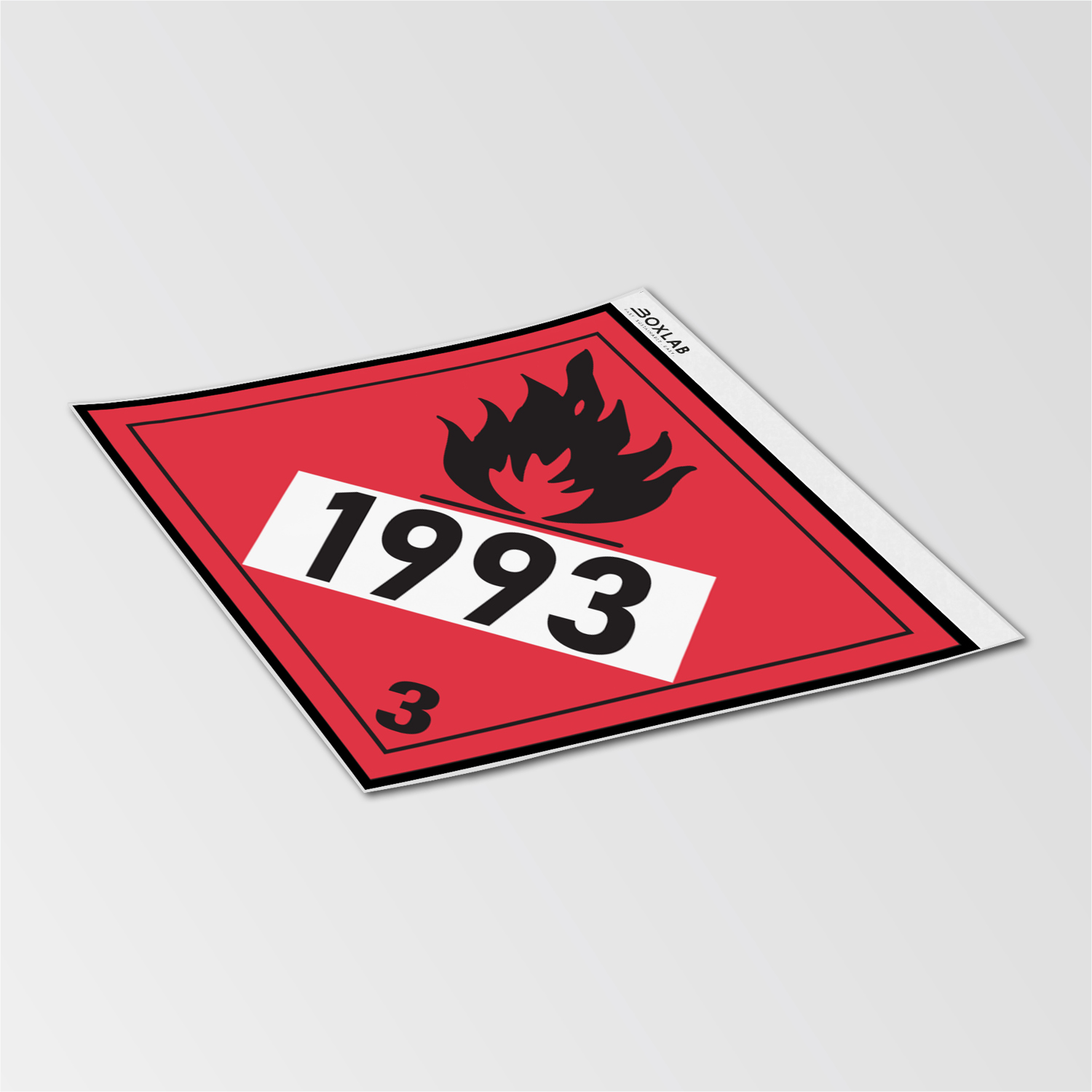
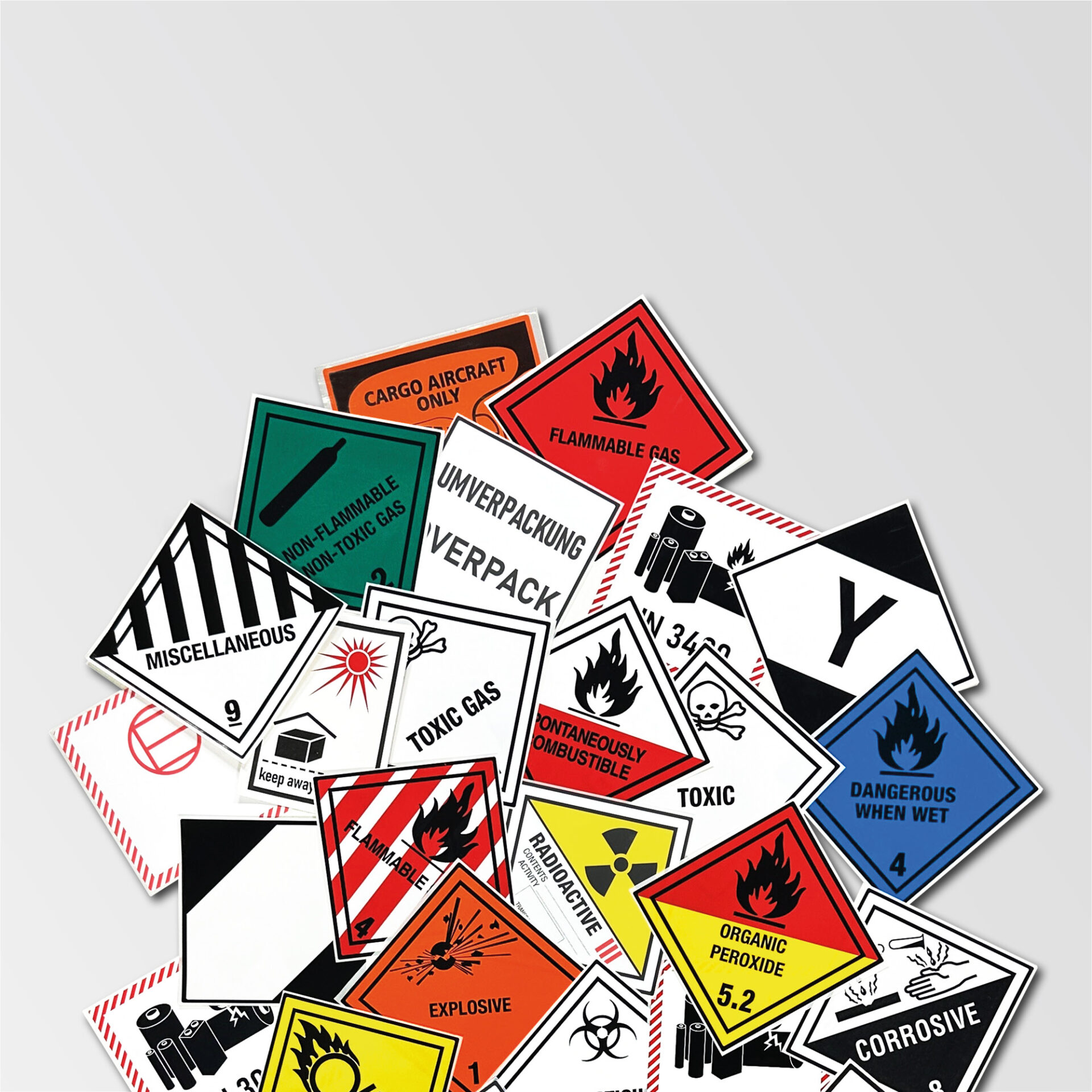
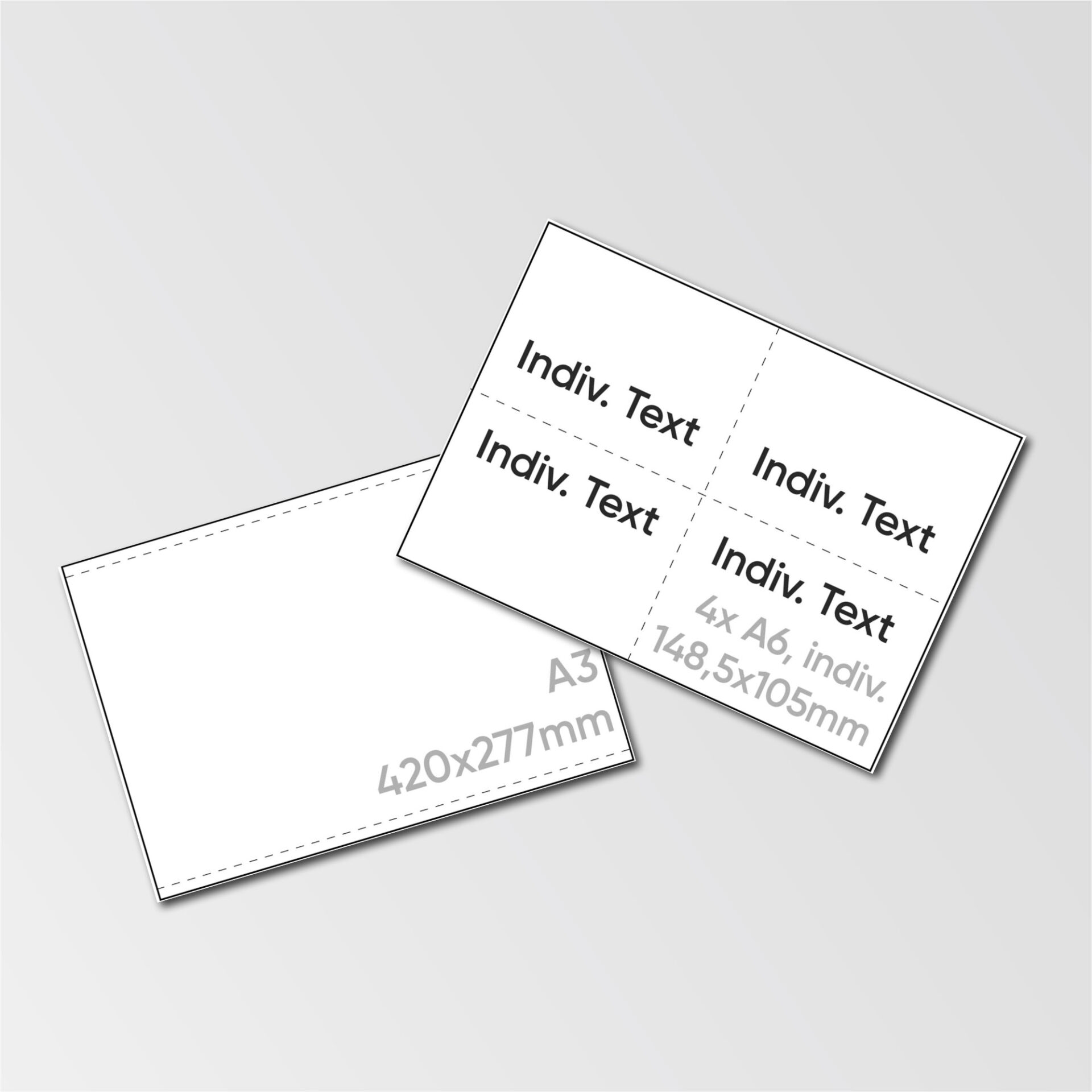

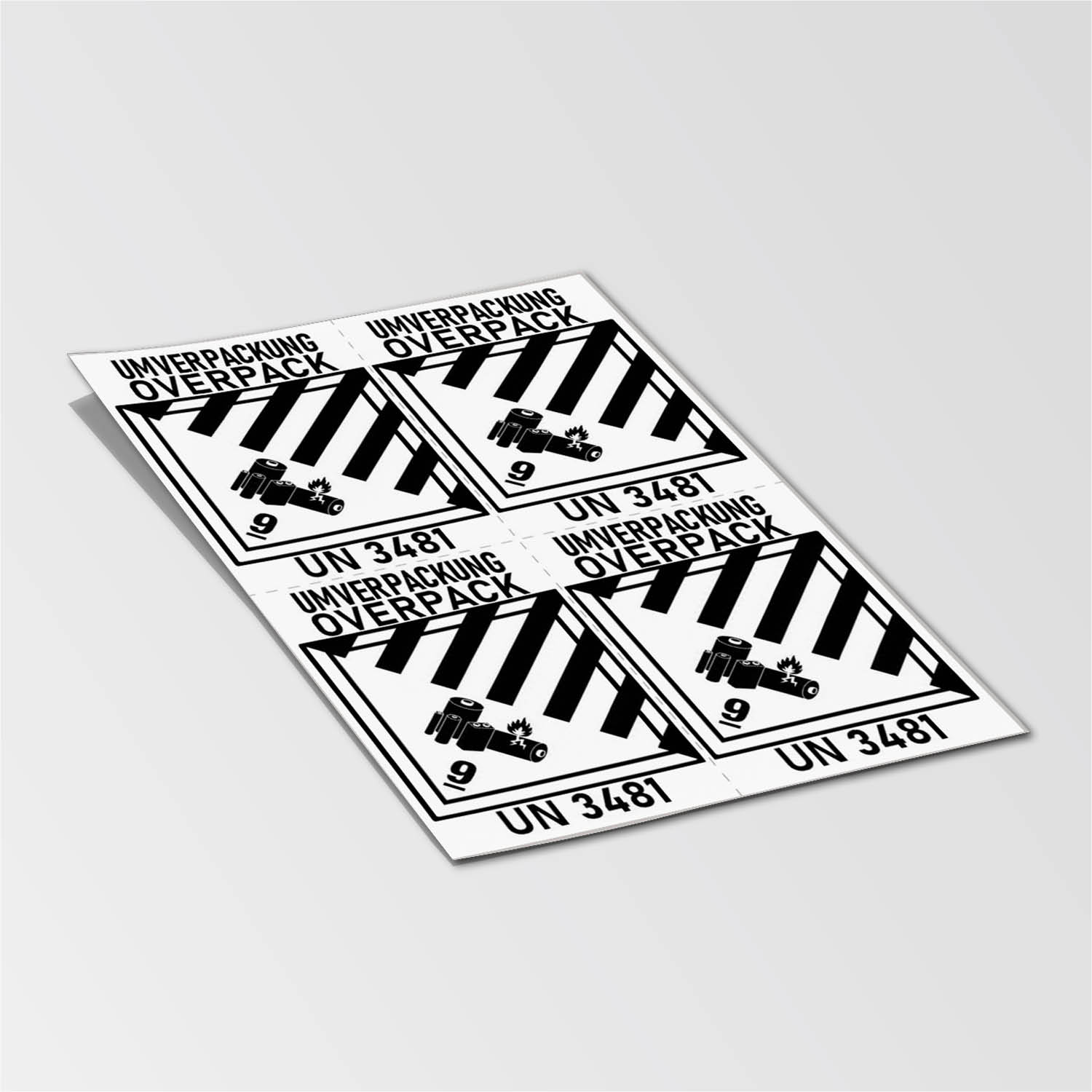
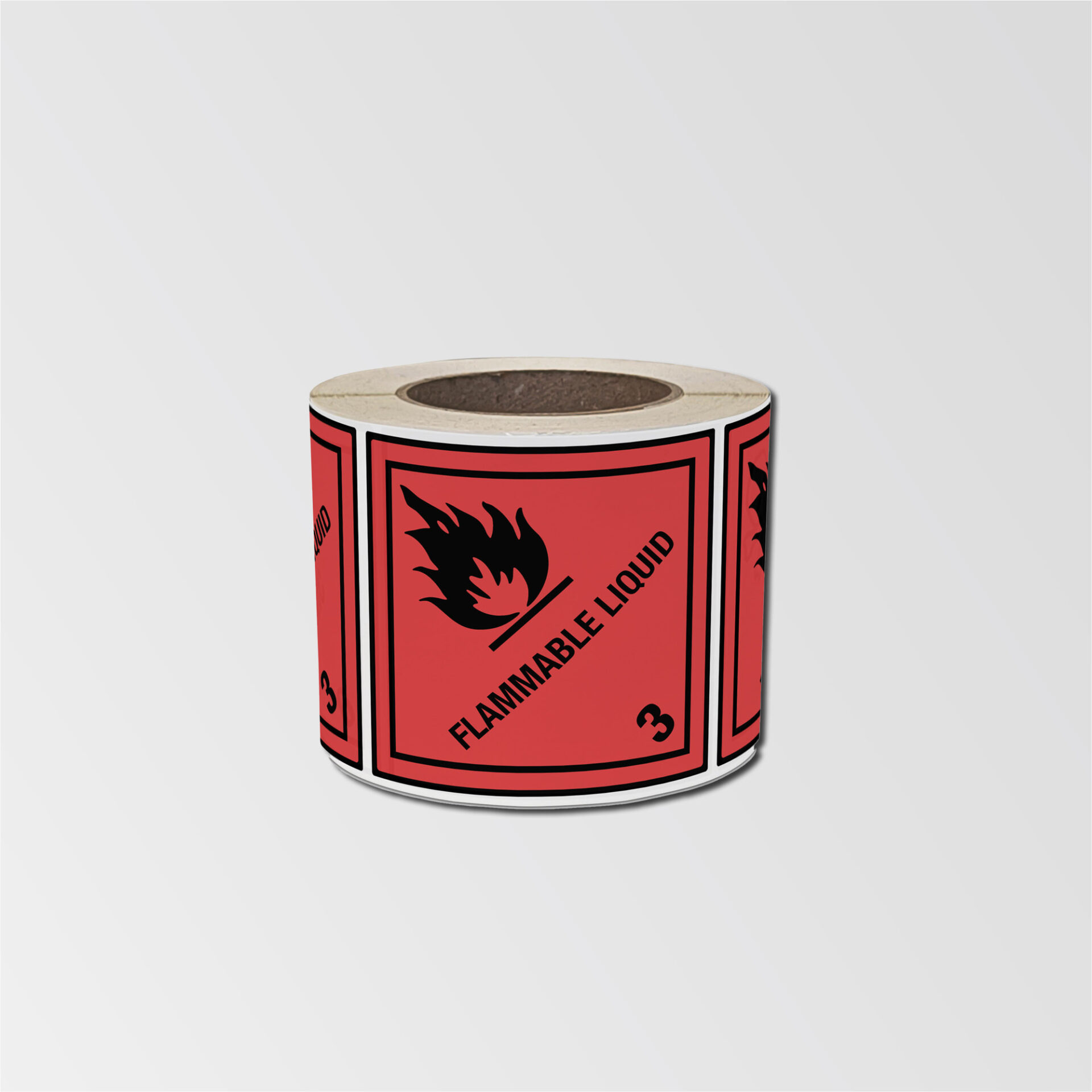
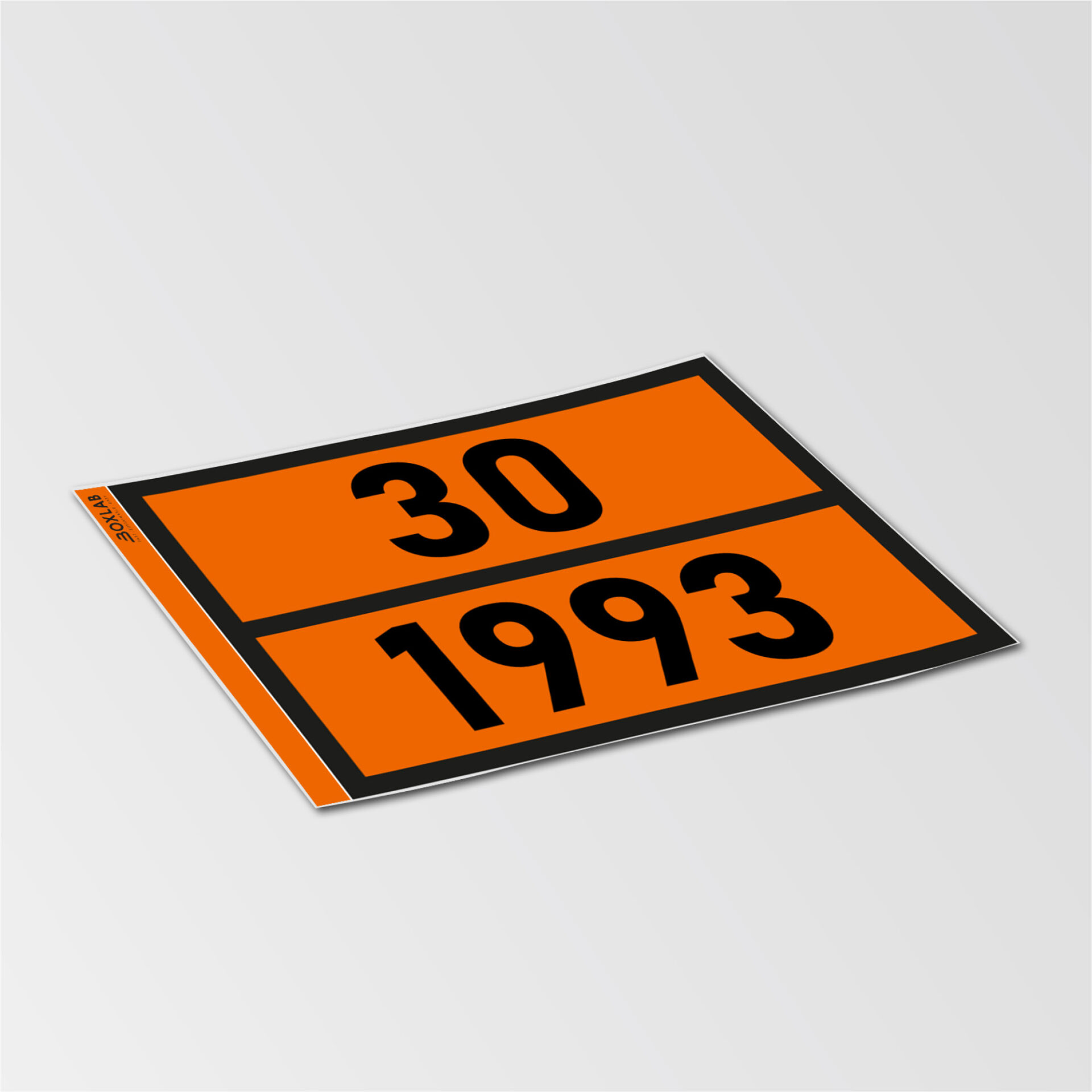
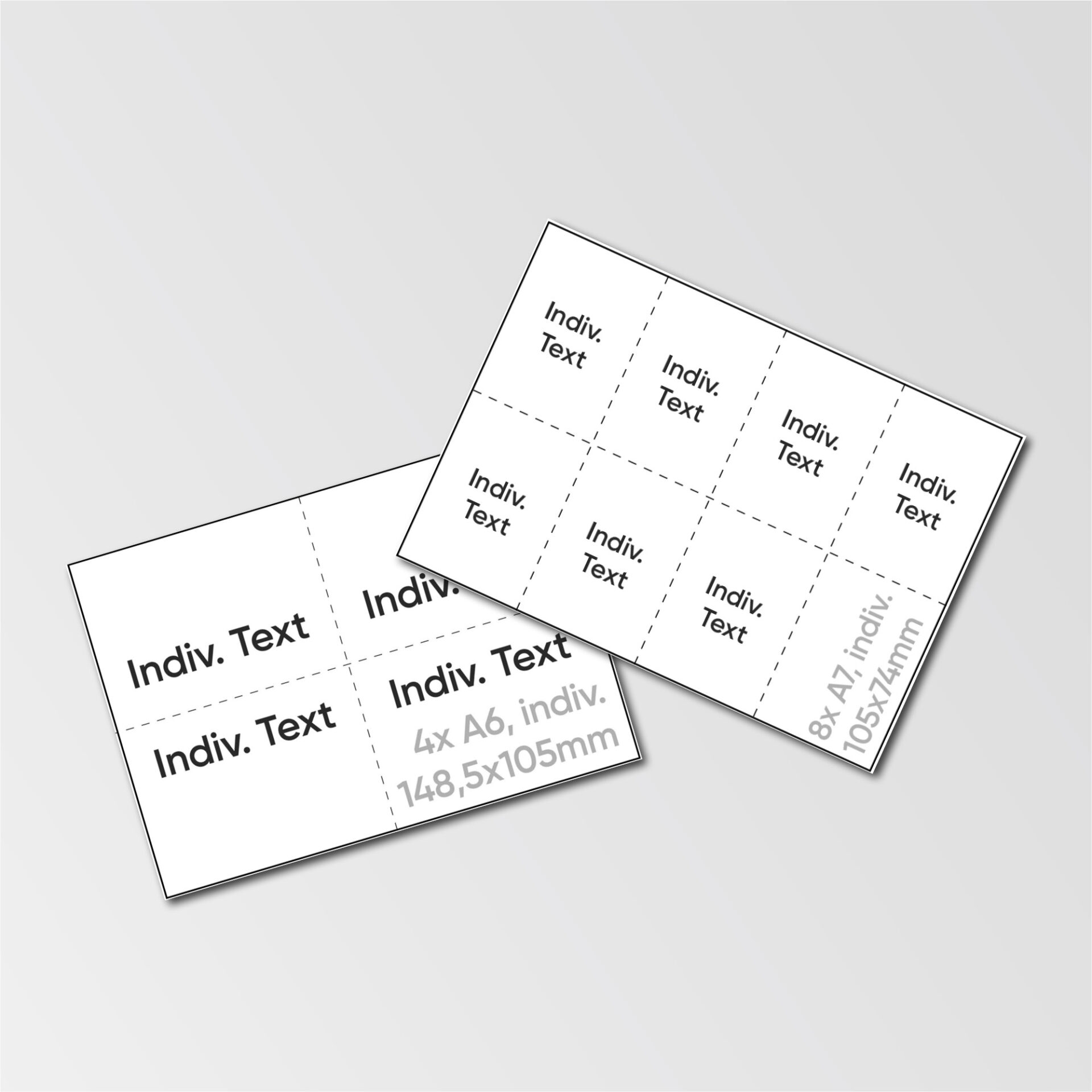
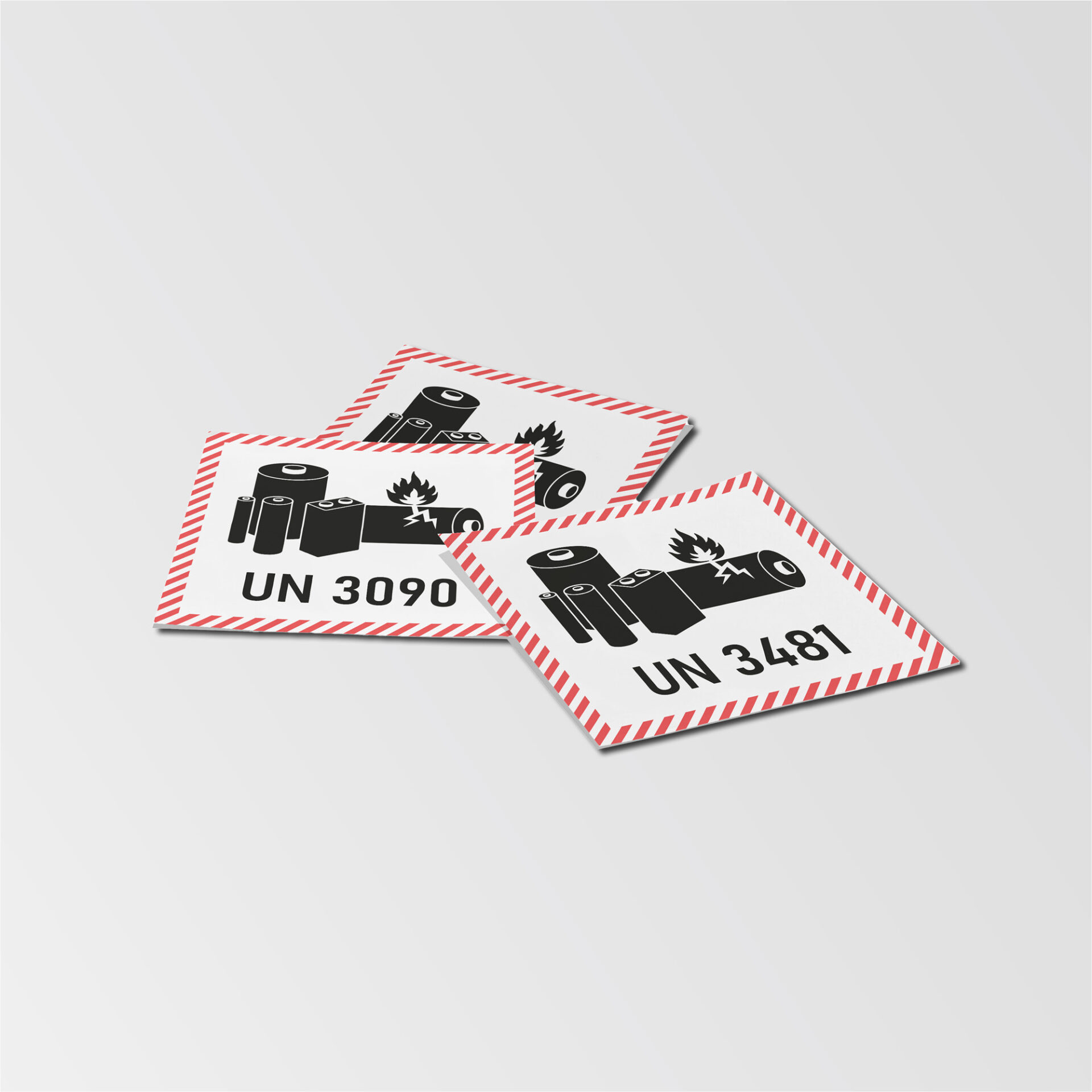
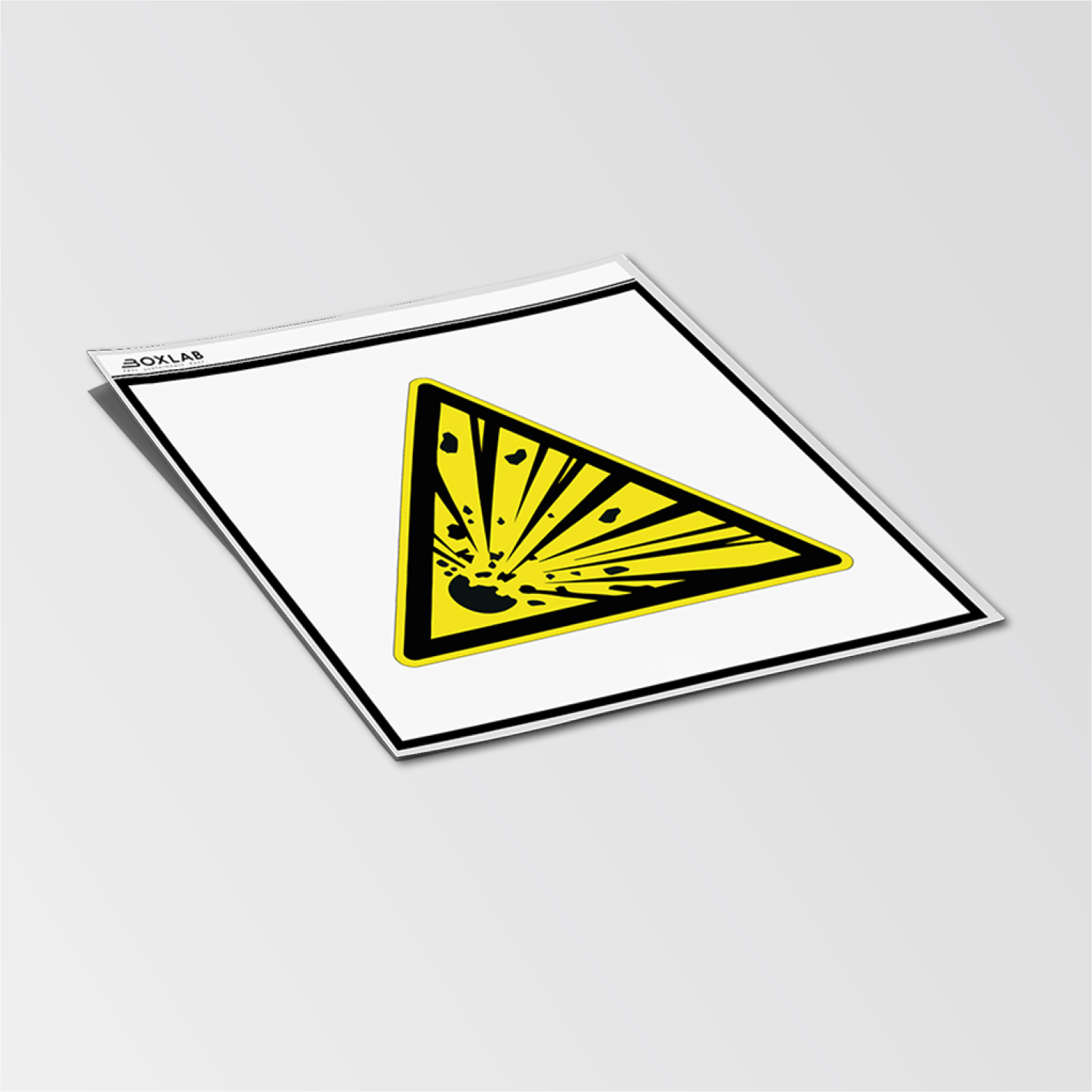
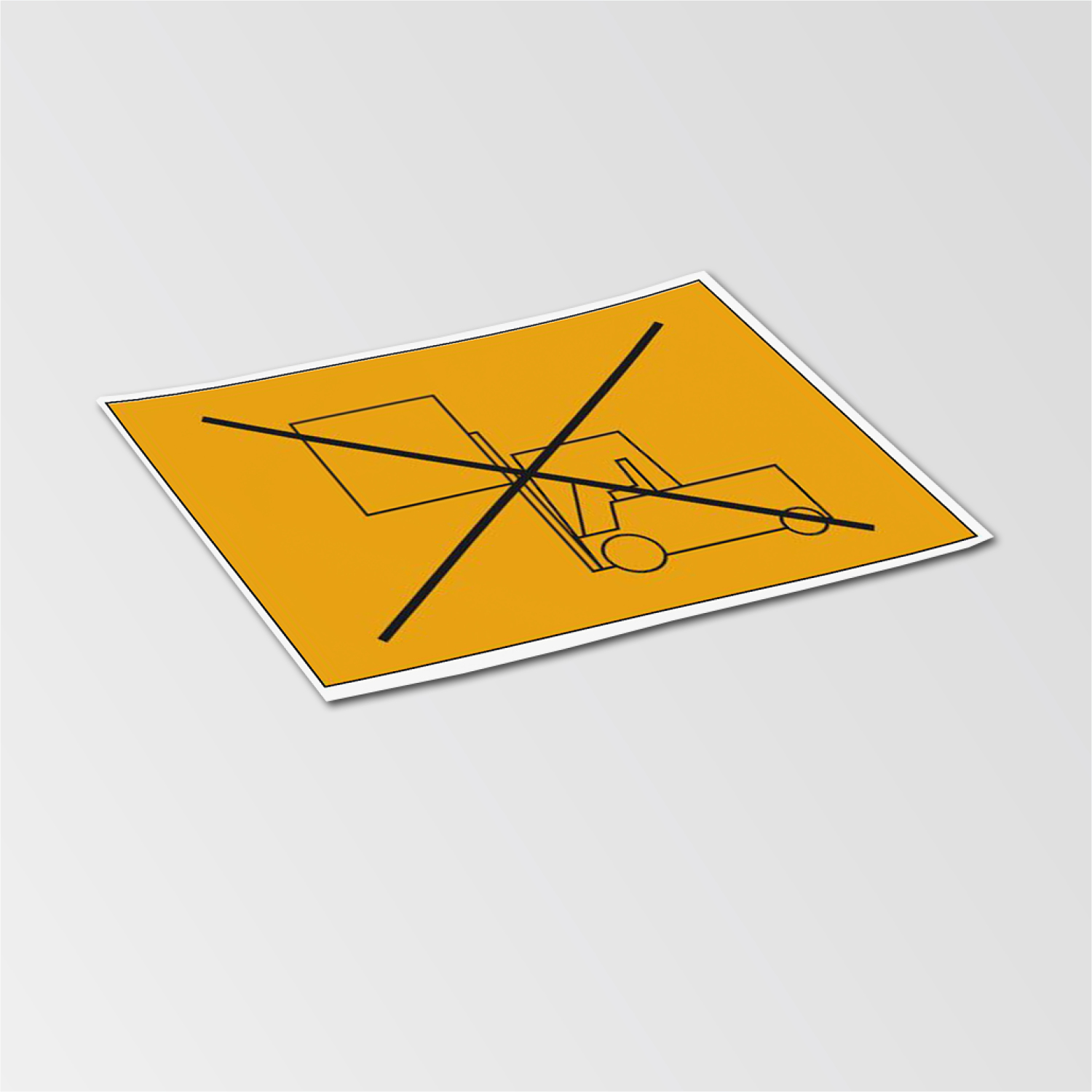
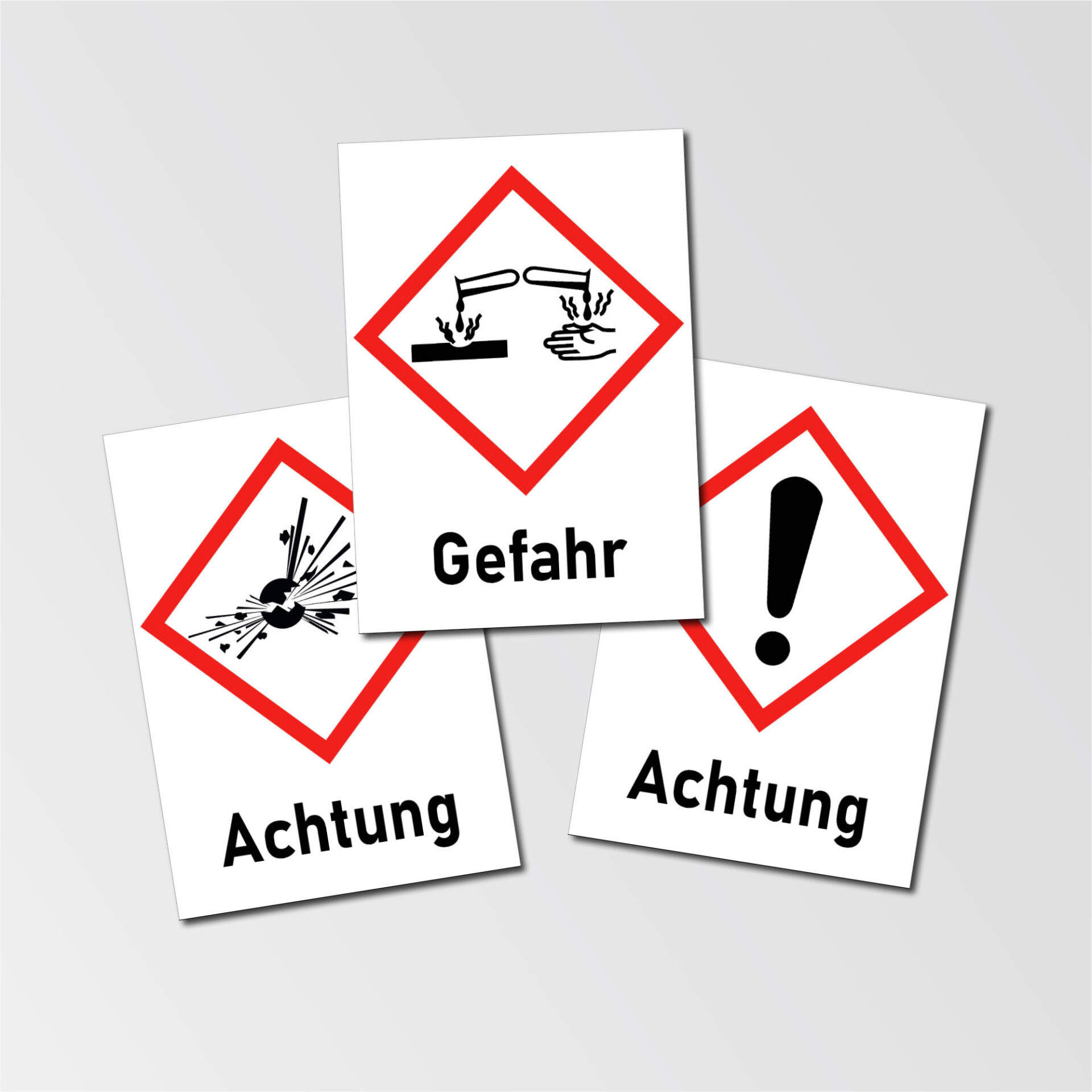
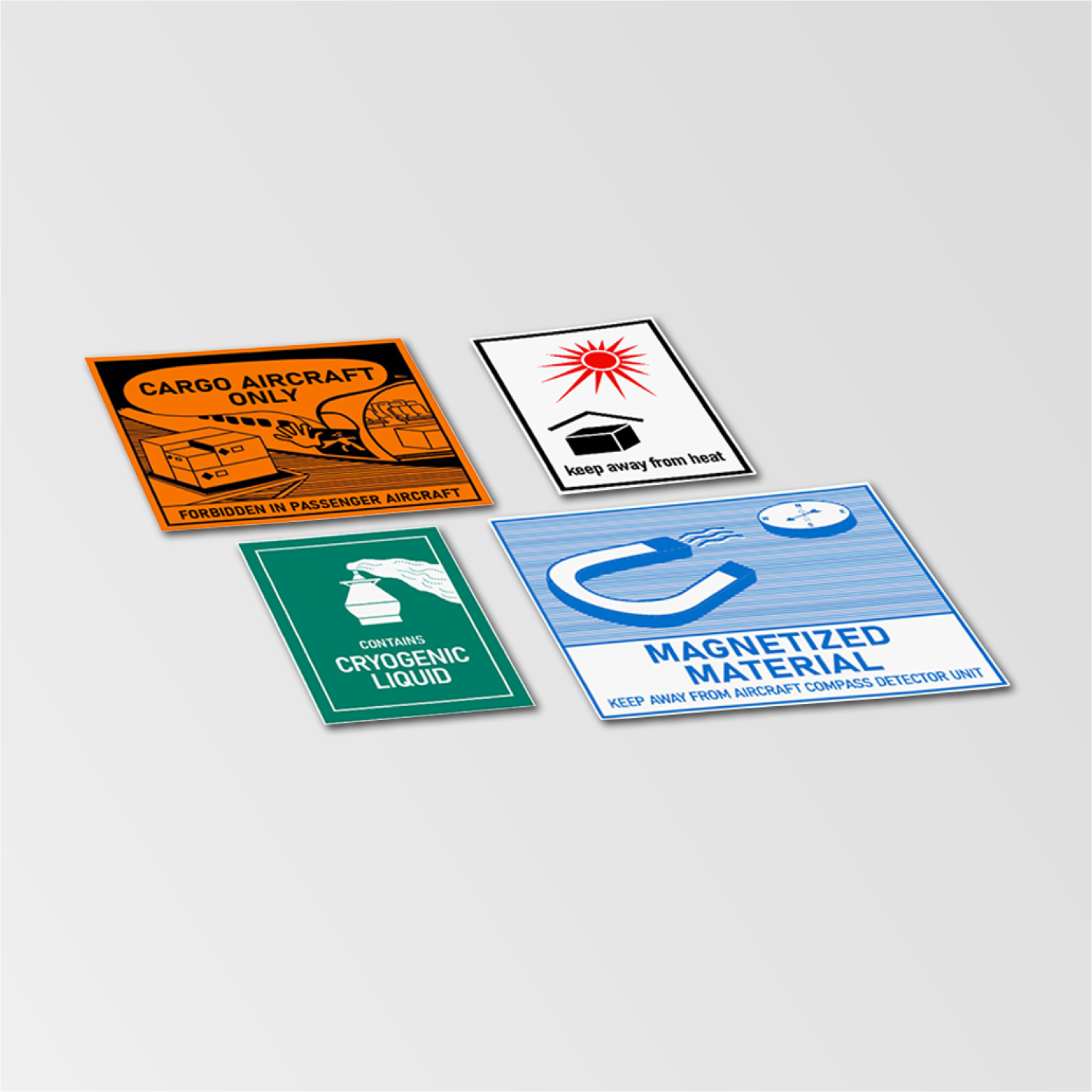
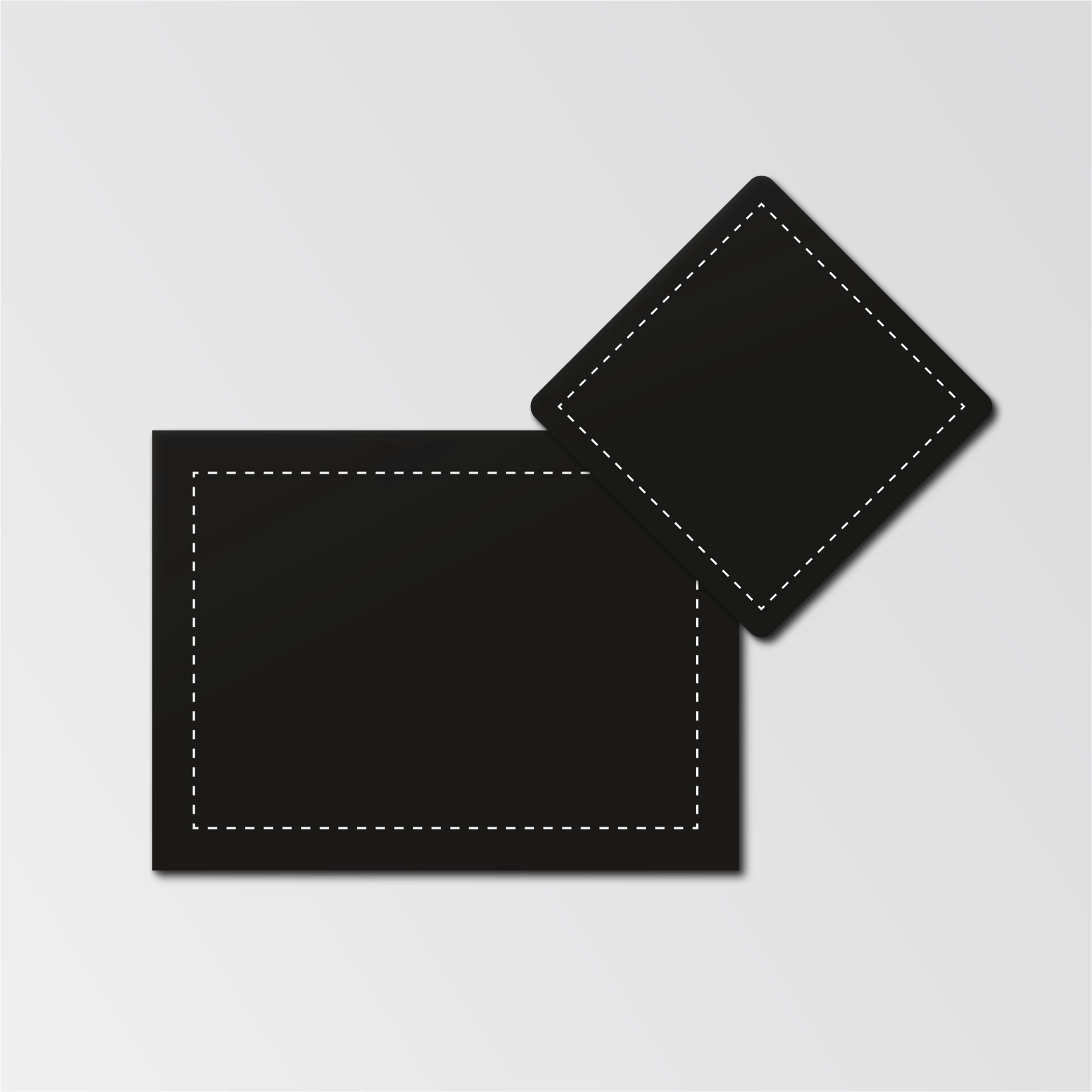
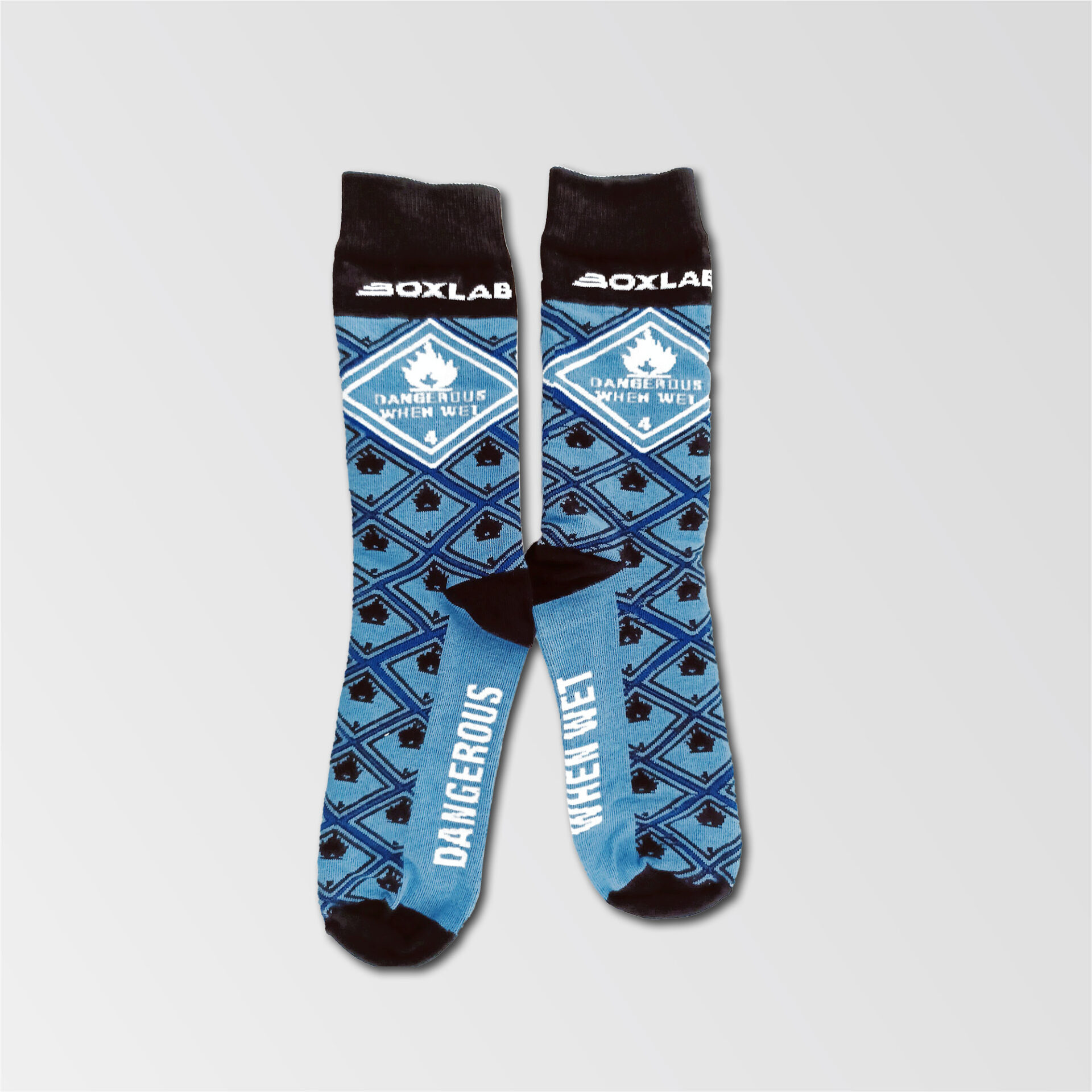
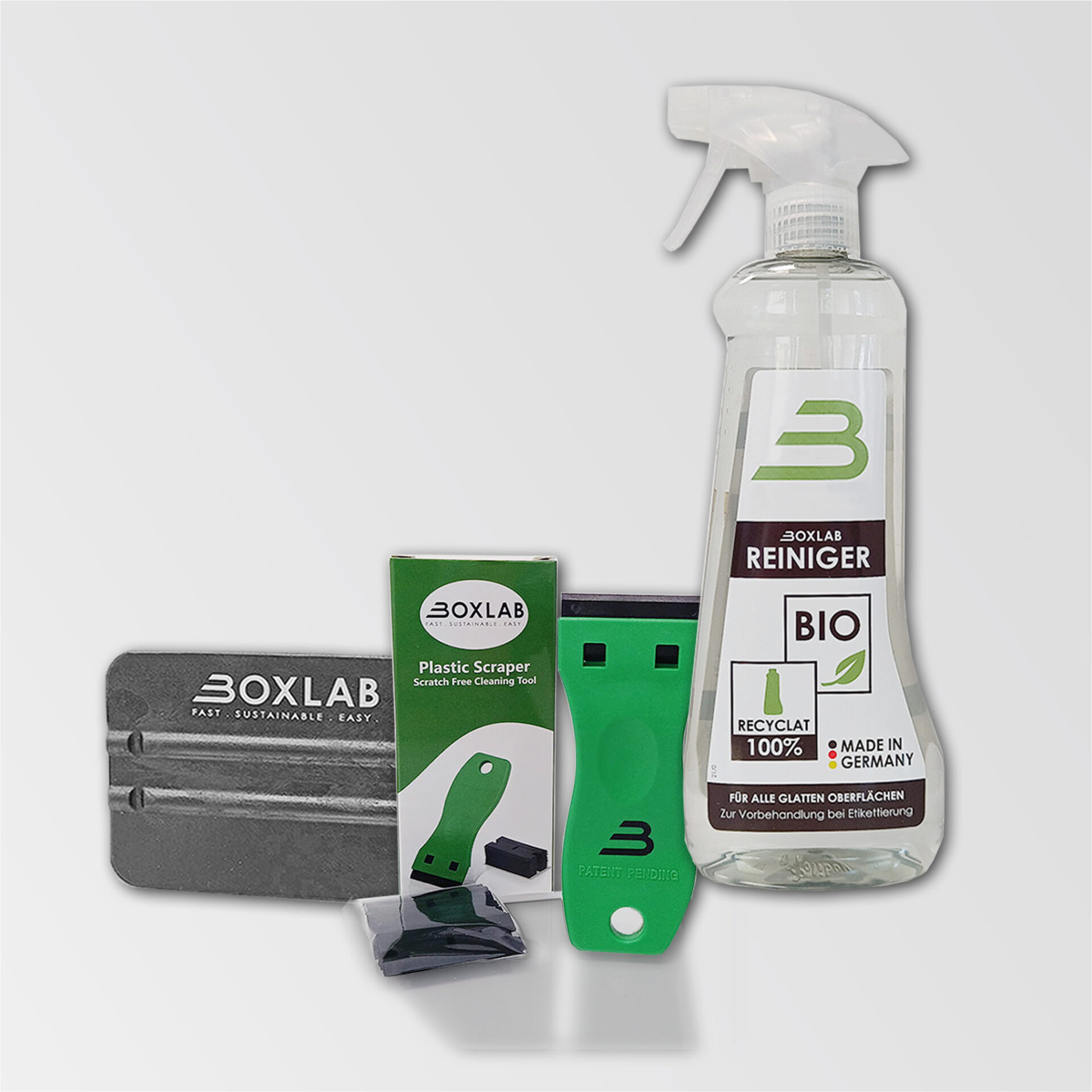
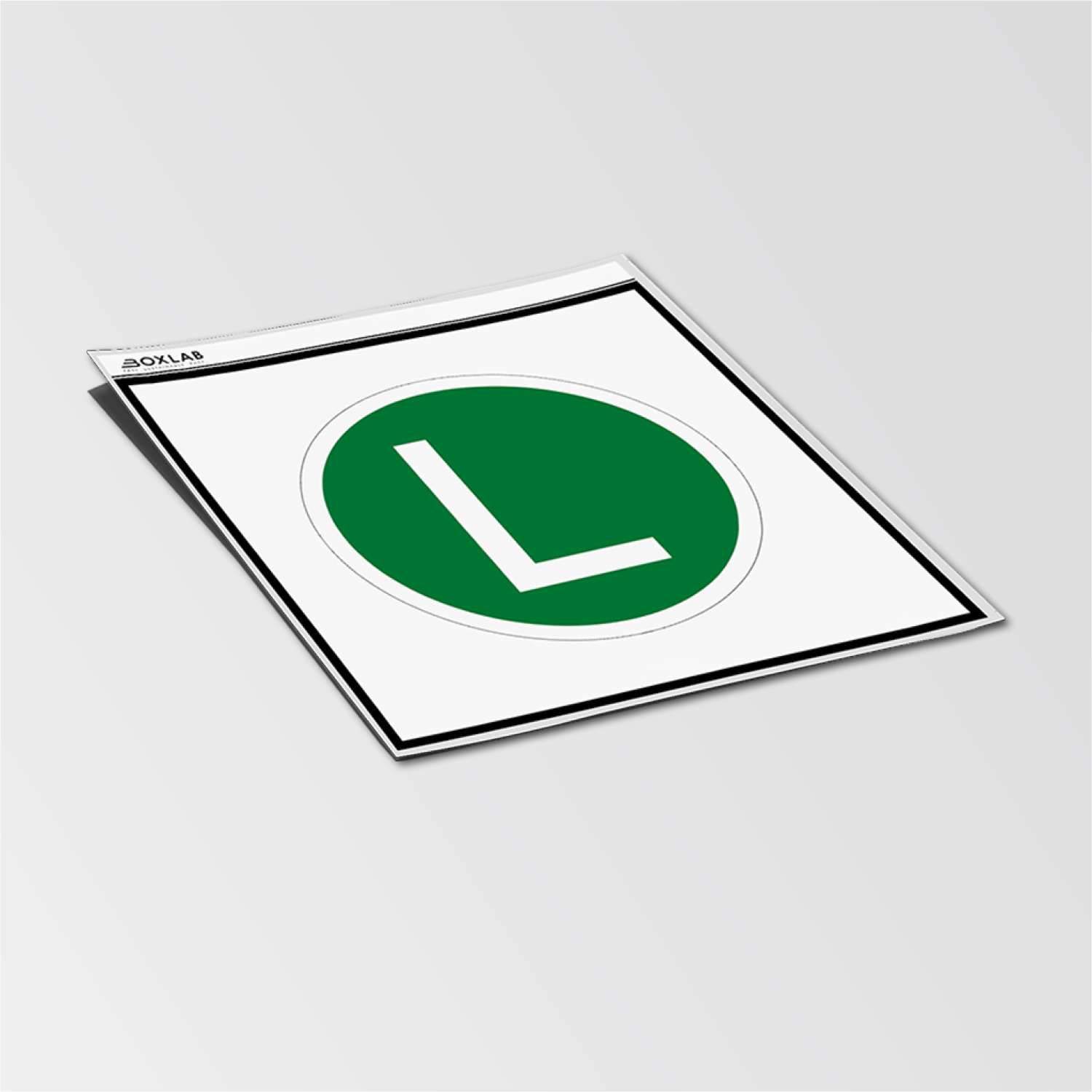
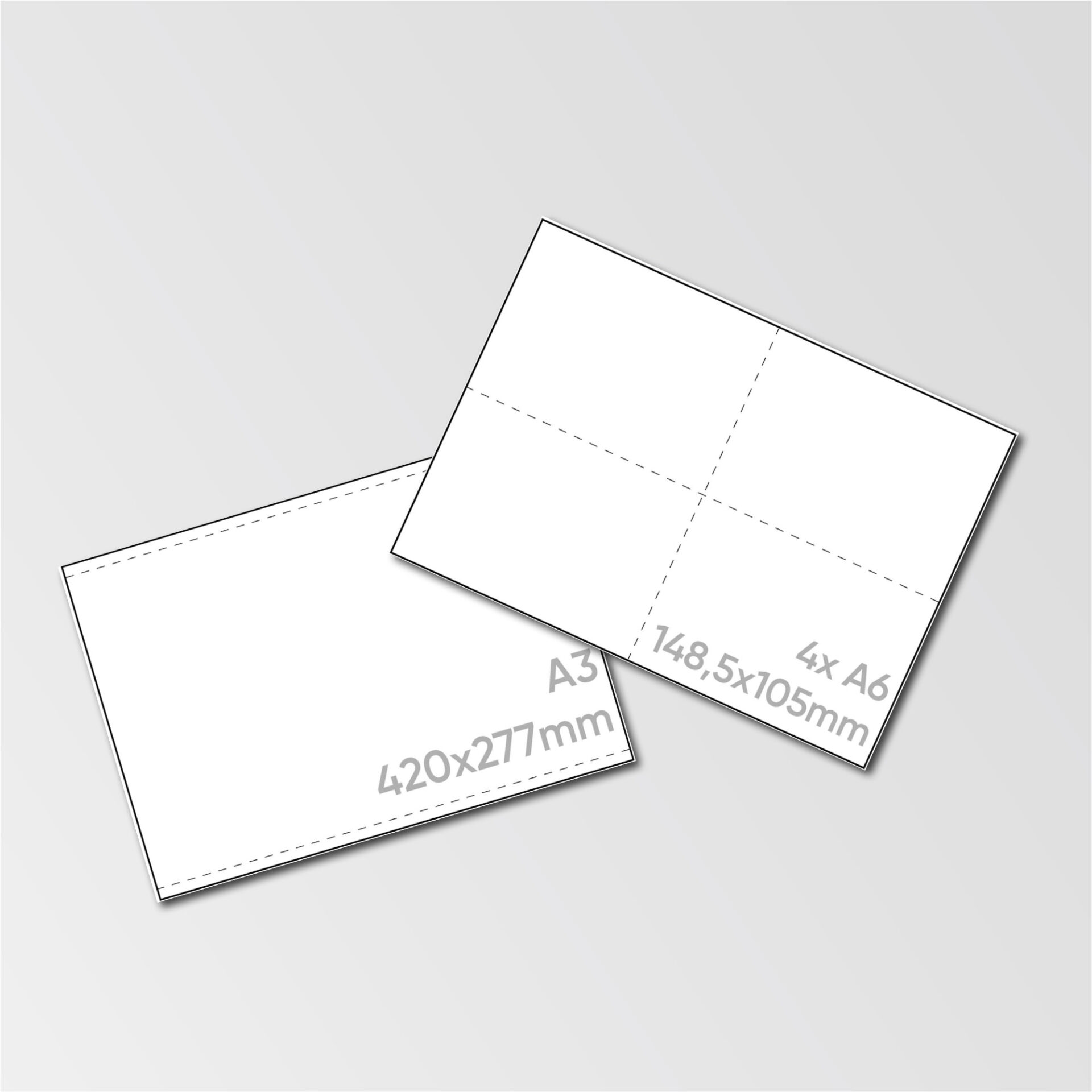
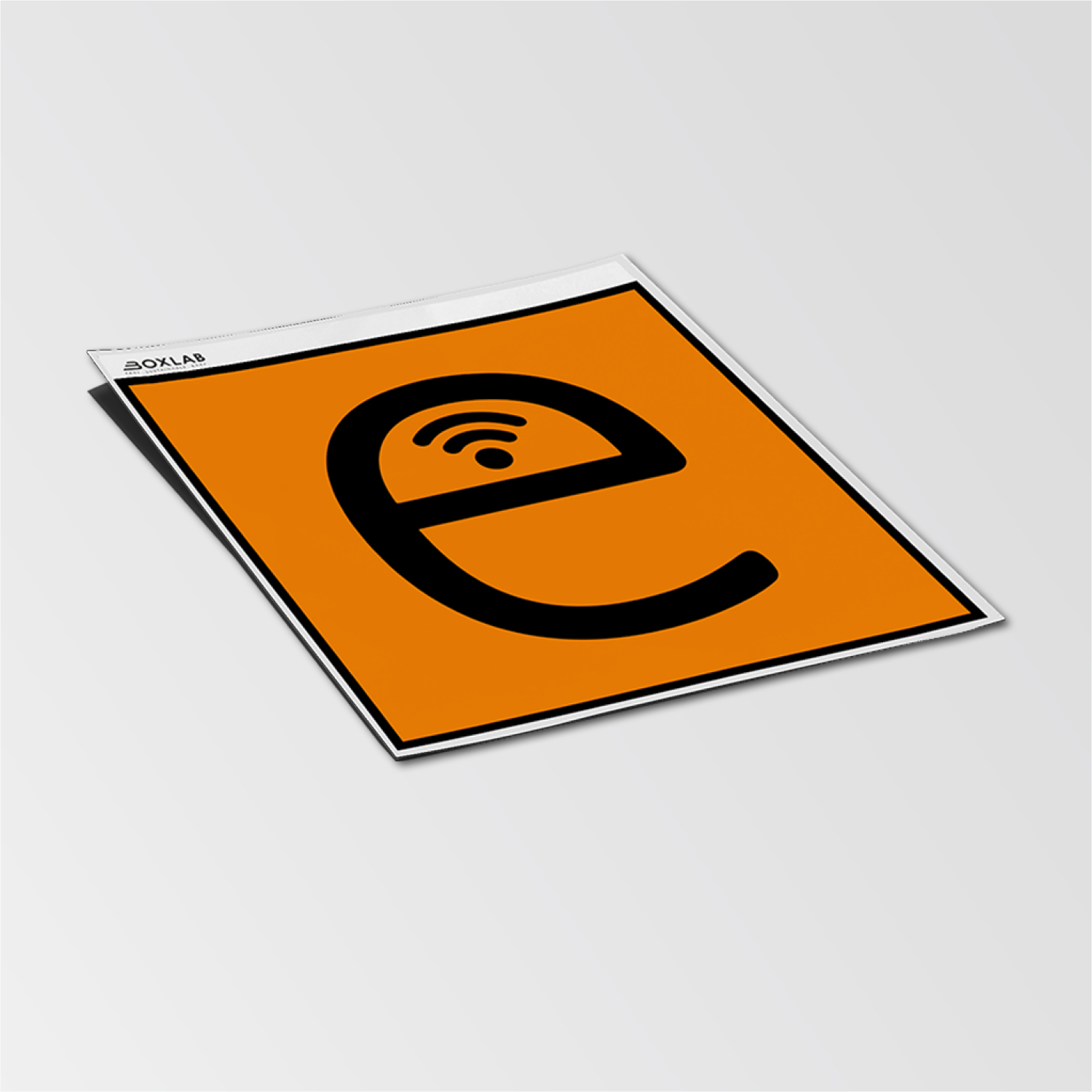
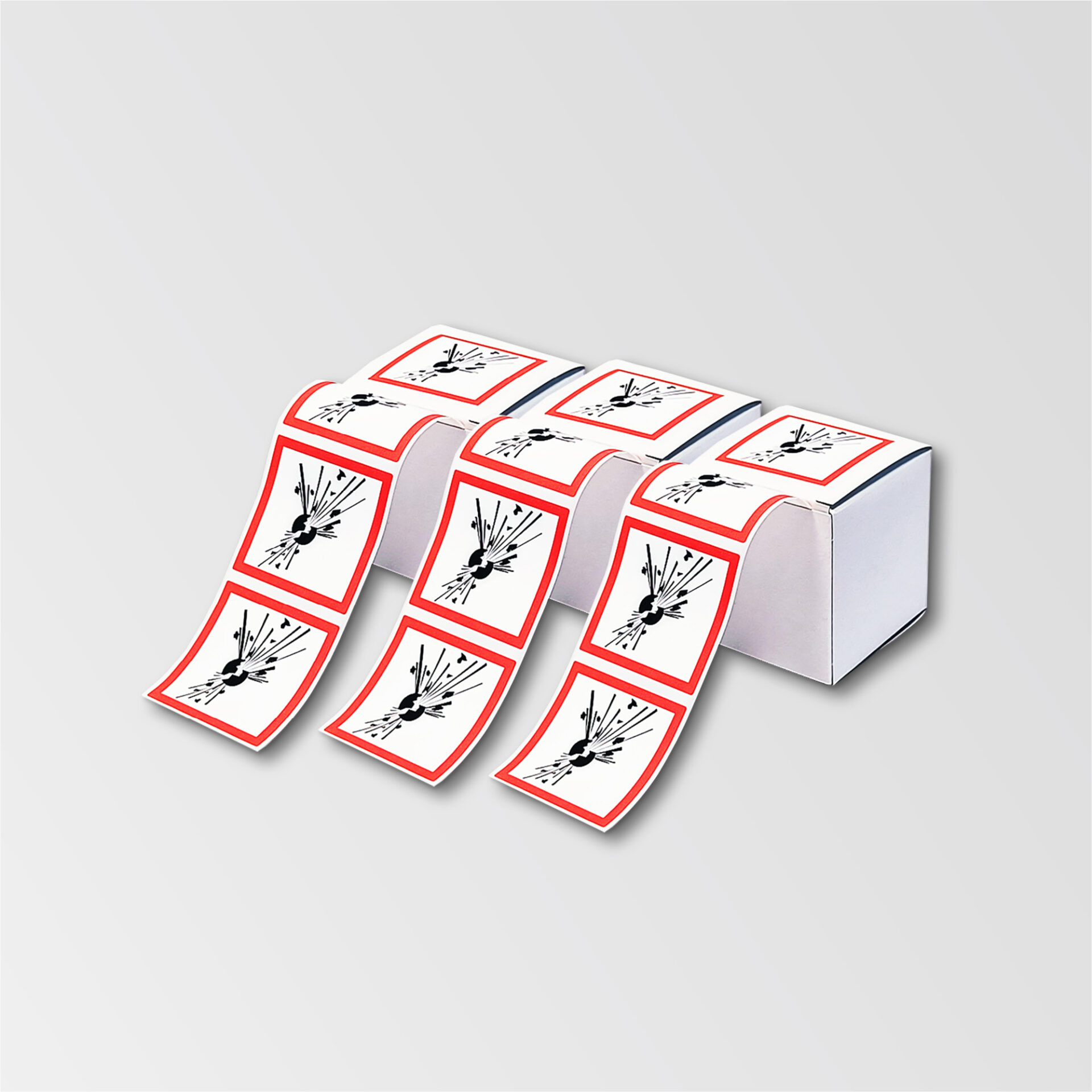
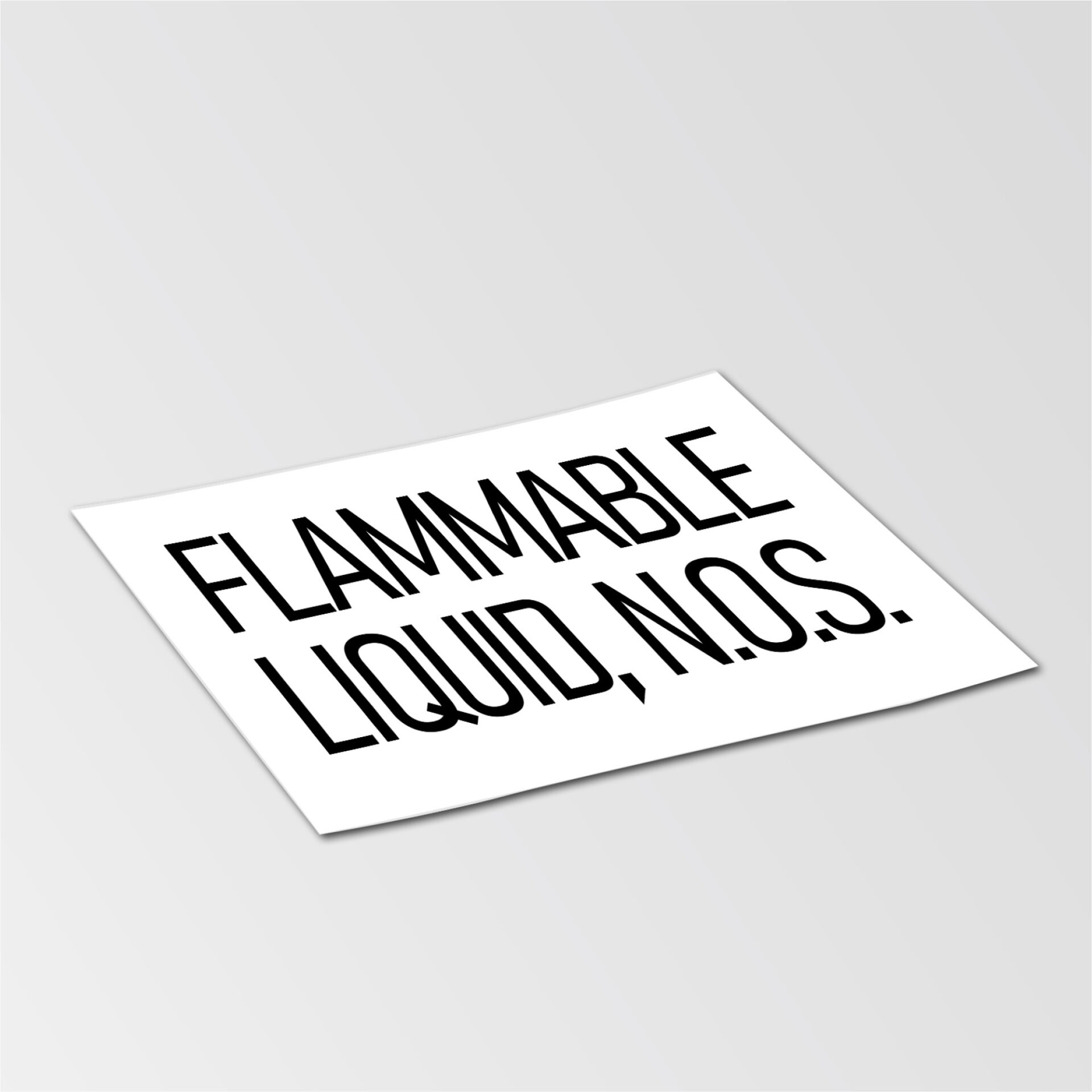
BOXLAB Services Labels - Secure and standard-compliant labeling
When transporting dangerous goods and sensitive materials, clear and compliant labeling is essential. BOXLAB Services labels offer the highest quality, durability and compliance with applicable regulations.
Why BOXLAB Services labels?
- Compliant with all guidelines
- Weather resistant & temperature resistant
- High quality print for maximum readability
- Available partly as sheets or rolls
Get free advice now
Contact us today to find out more about our dangerous goods labels and other intralogistics solutions and to arrange a personal appointment.
